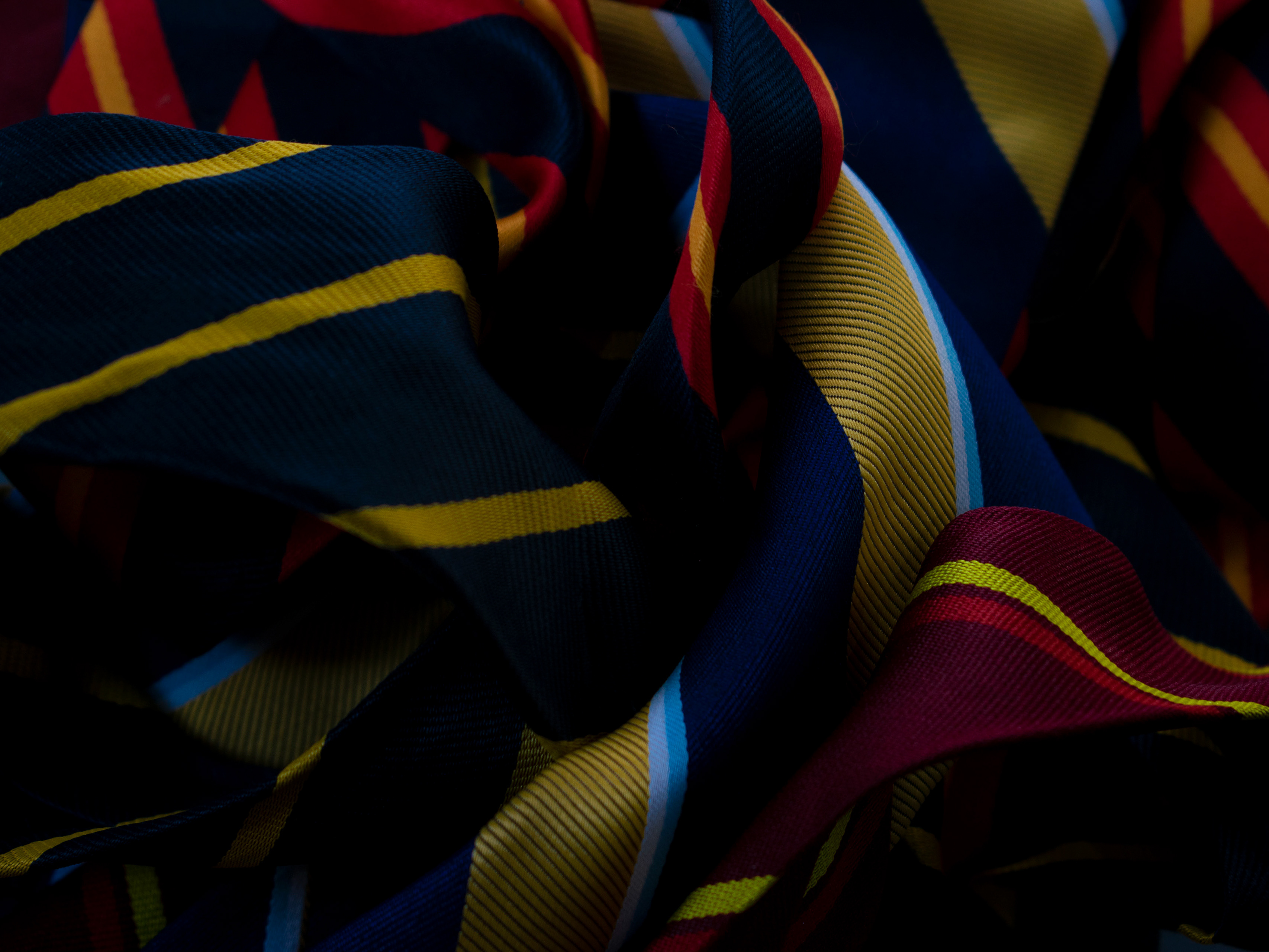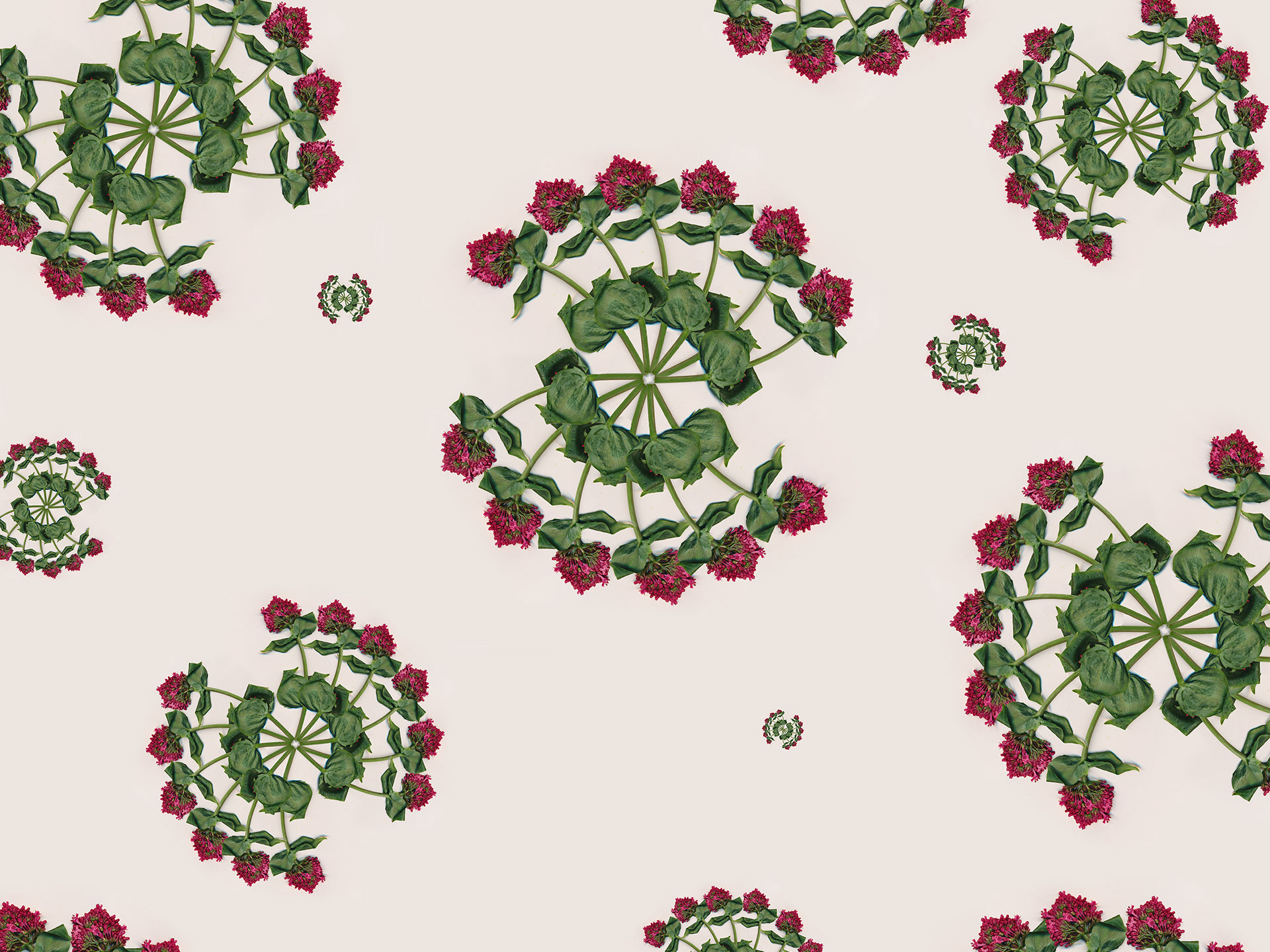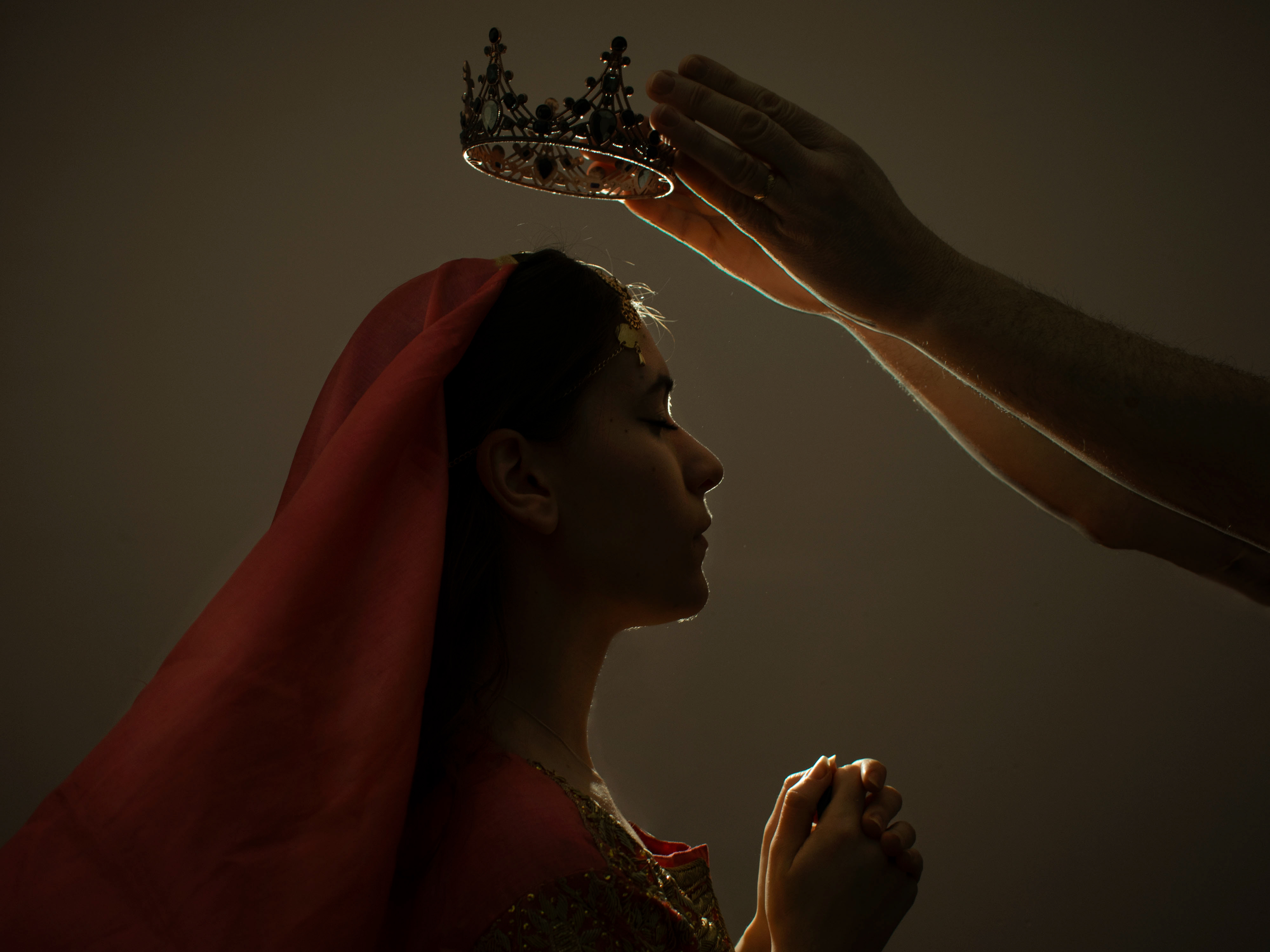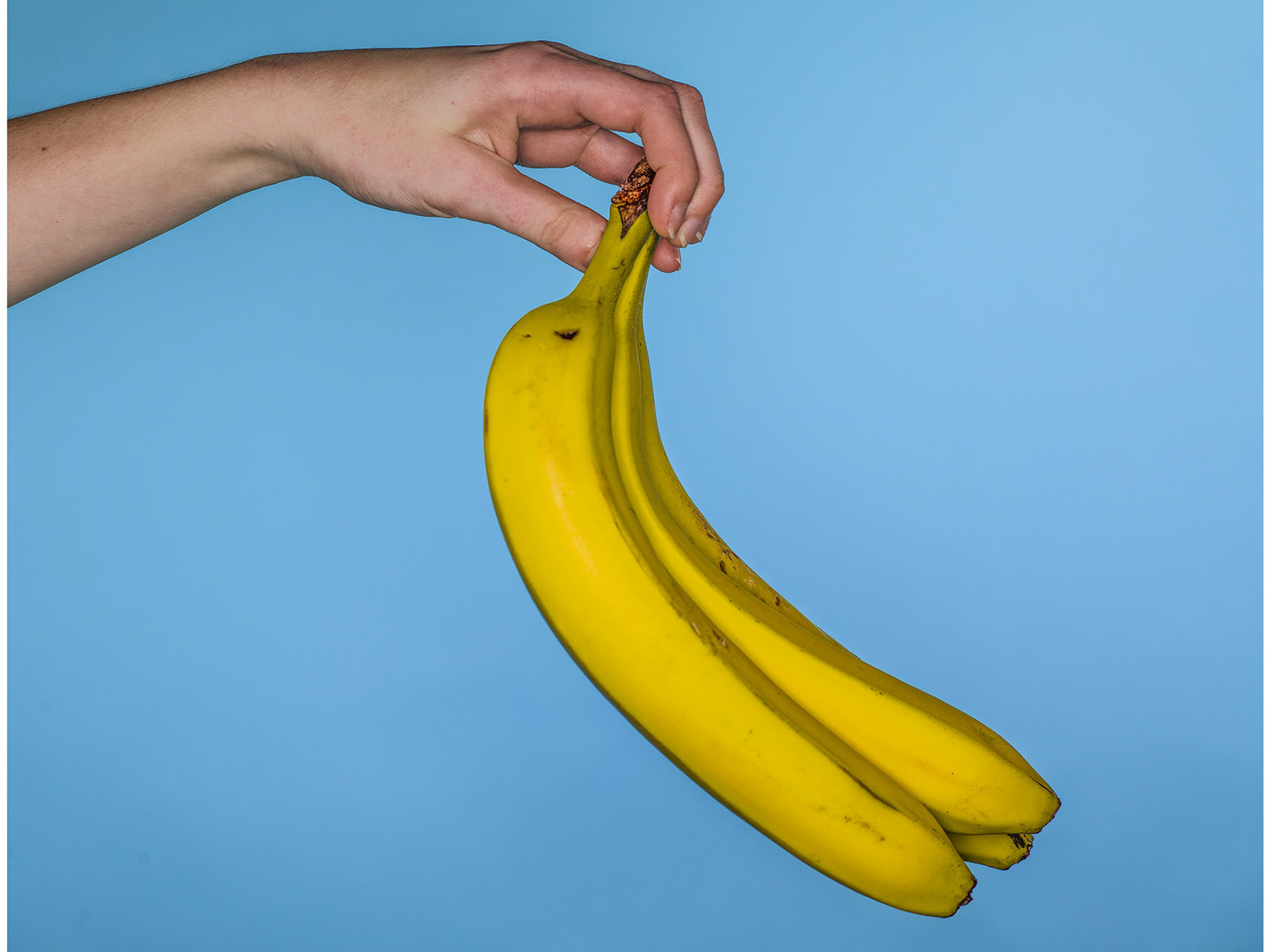
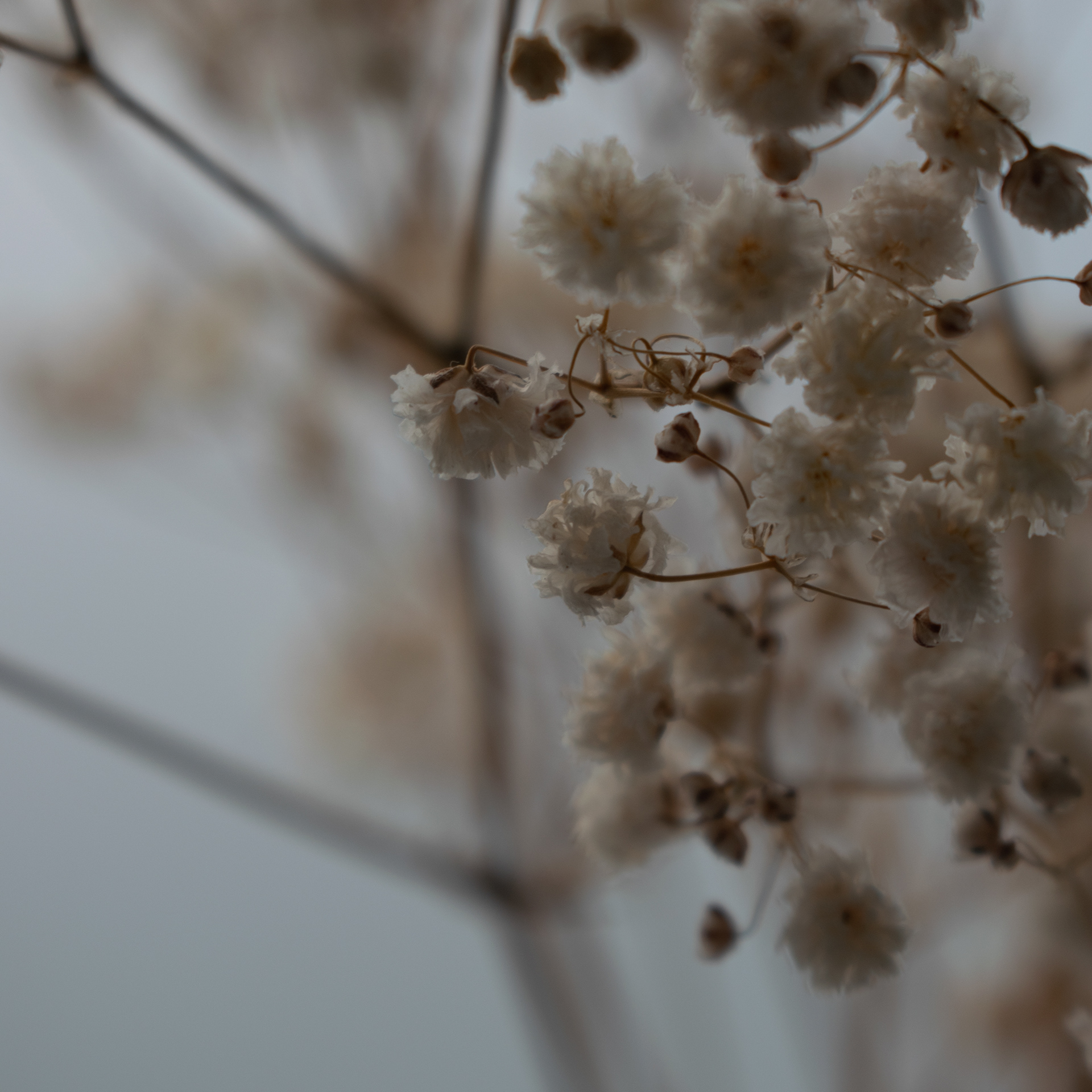
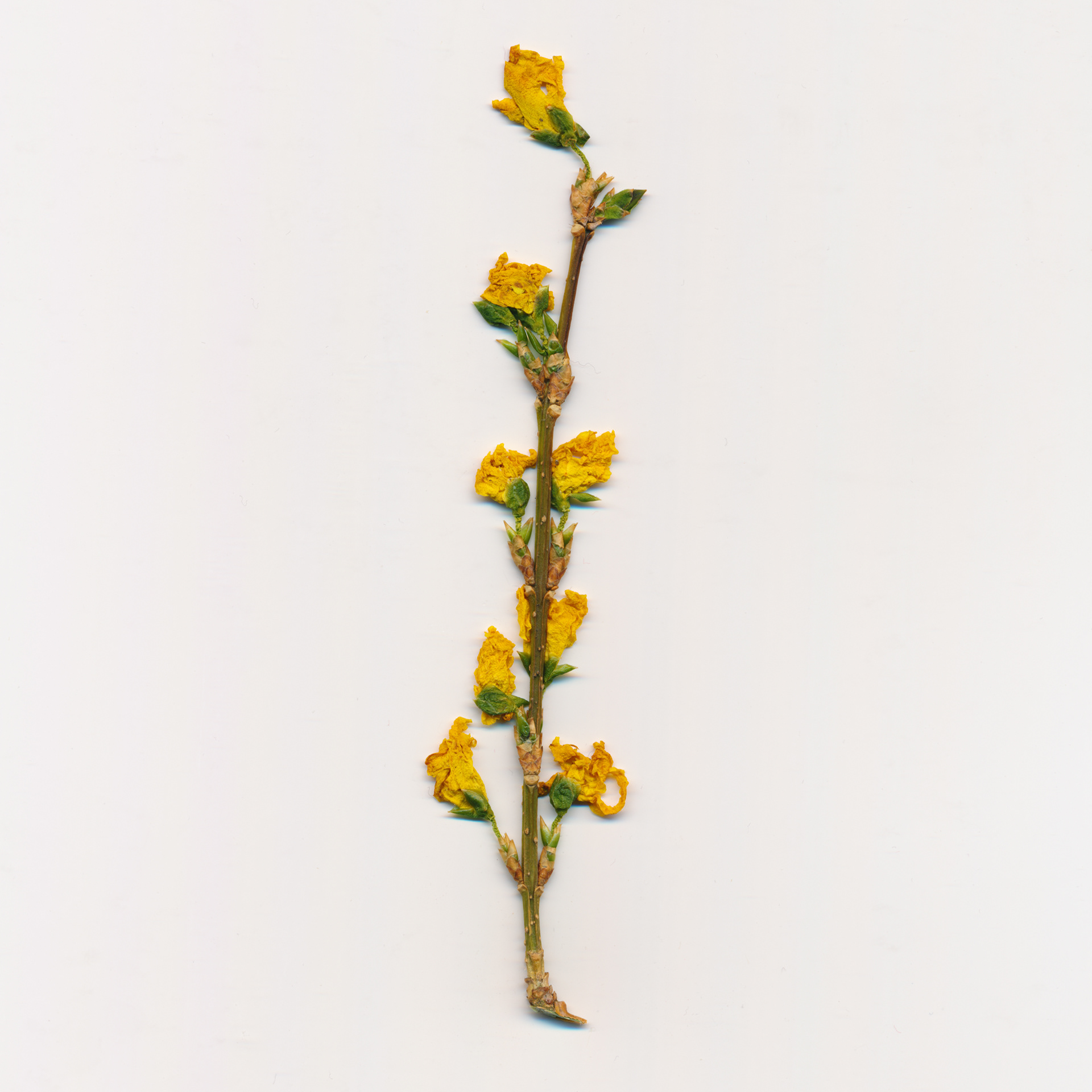
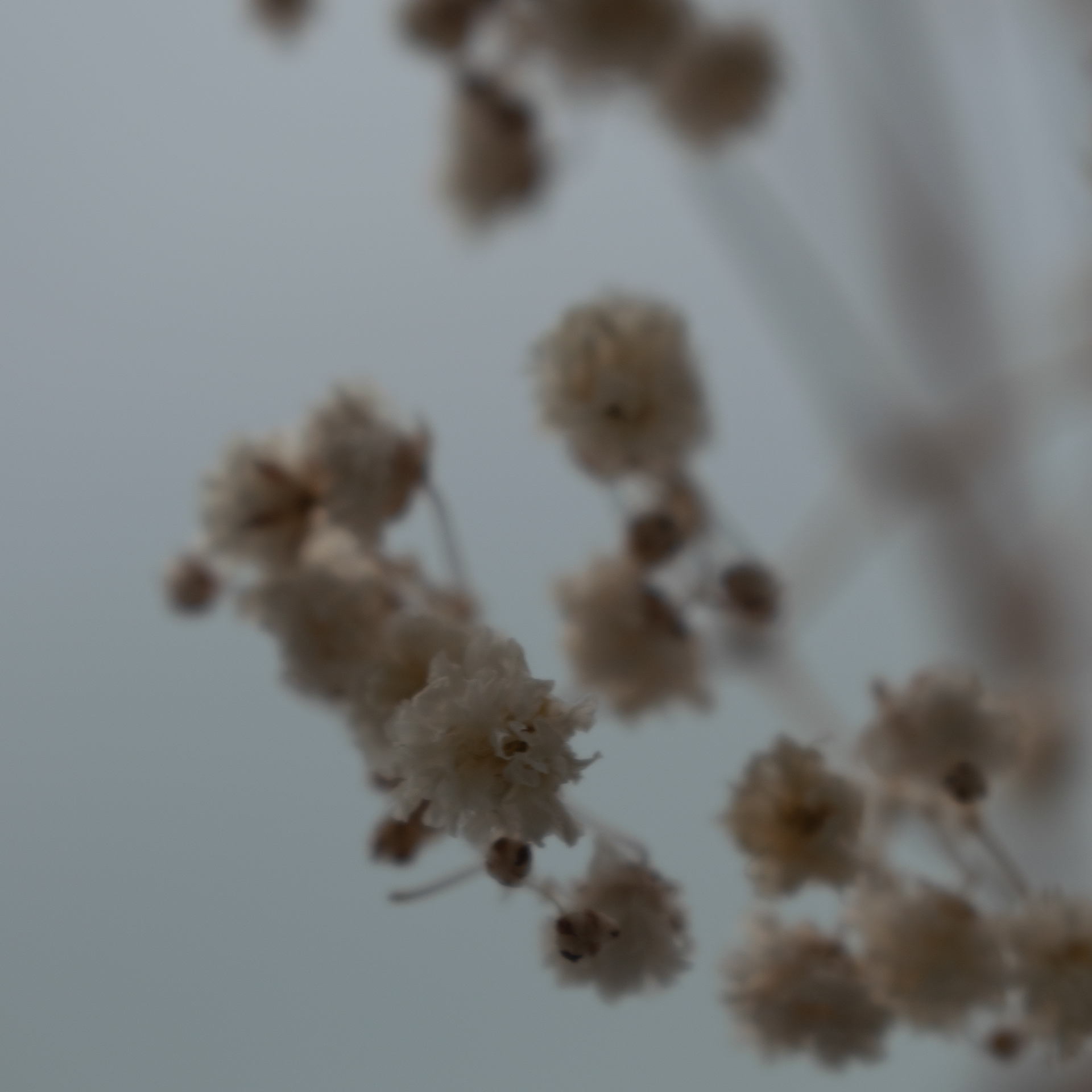

Elves are probably the hardest of all the mythological creatures I have researched to pin down to one idea. There are many varying and contradicting ideas about them, from what they look like to their relationship with humans. Some believe them to be invisible, while others believe them to live amongst humans happily. Descriptions of their size varies, many believing them to be tiny, yet others believe them to be human sized. Some say they are winged while others don’t. However, all agree that they are beautiful and very powerful creatures. Elves are often mixed up and interchanged between fairies. Most accounts of elves suggest that they are benevolent beings who live peacefully, while some describe them as more malicious beings and there are stories of them swapping out children and stealing human women to help raise their elven children.
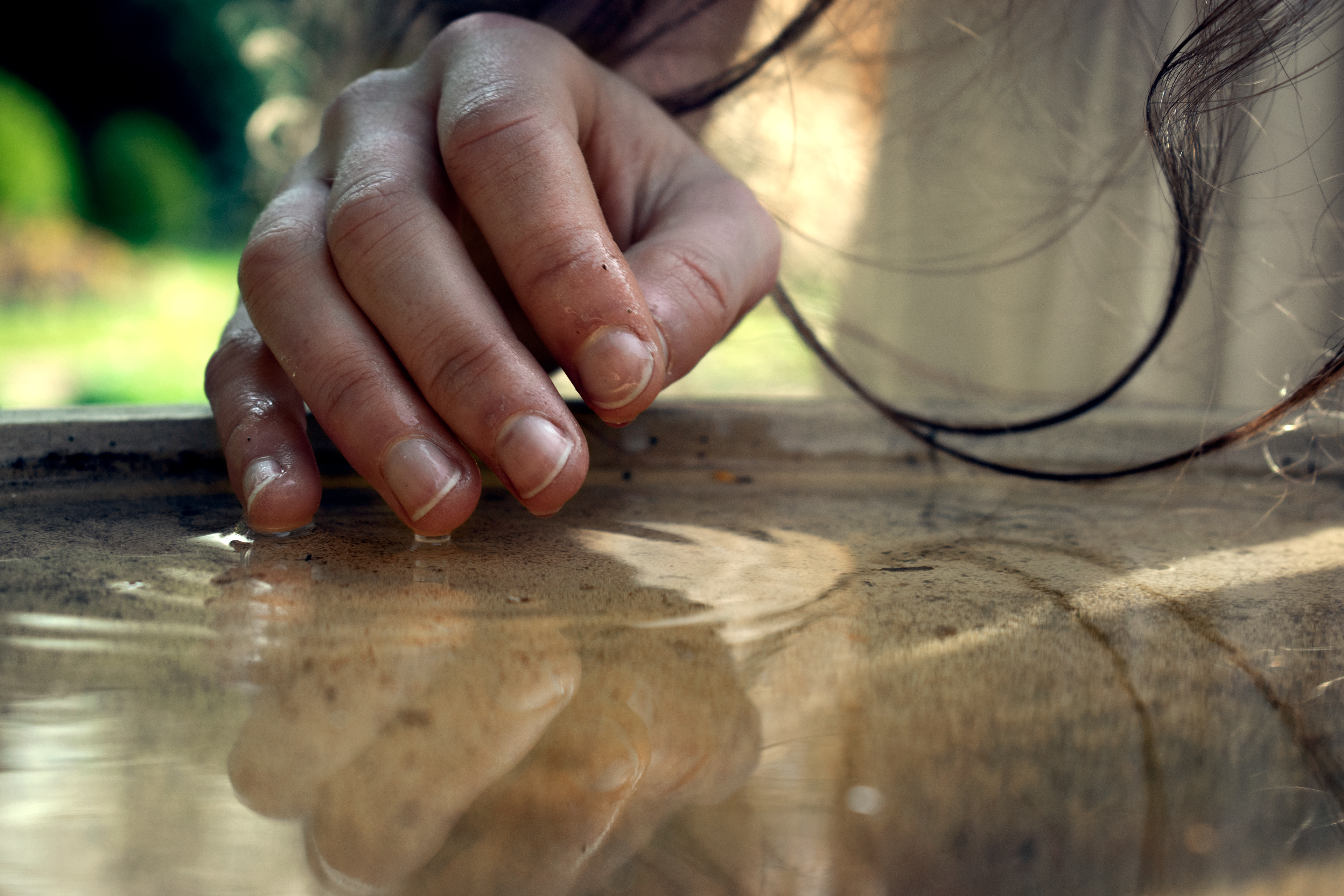

Nymphs: Nymphs are found in Greek and Roman mythology, and although they lived on earth, like the gods, they had special powers. Nymphs are always described as beautiful creatures, and there are many accounts of them becoming lovers or mothers of both gods and heroes. Nymphs lived in close harmony with the gods, often being summoned to attend the assemblies on Olympus and in several cases looked after their children, for example the nymphs: Adrasteia, Io and Amaltheia, who cared for Zeus when he was kept from his father, Cronus. There are many different kinds of nymphs and different names can be found for them, (mainly categorised by where they reside) but the two main categories are nereids and dryads, the sea and wood nymphs.
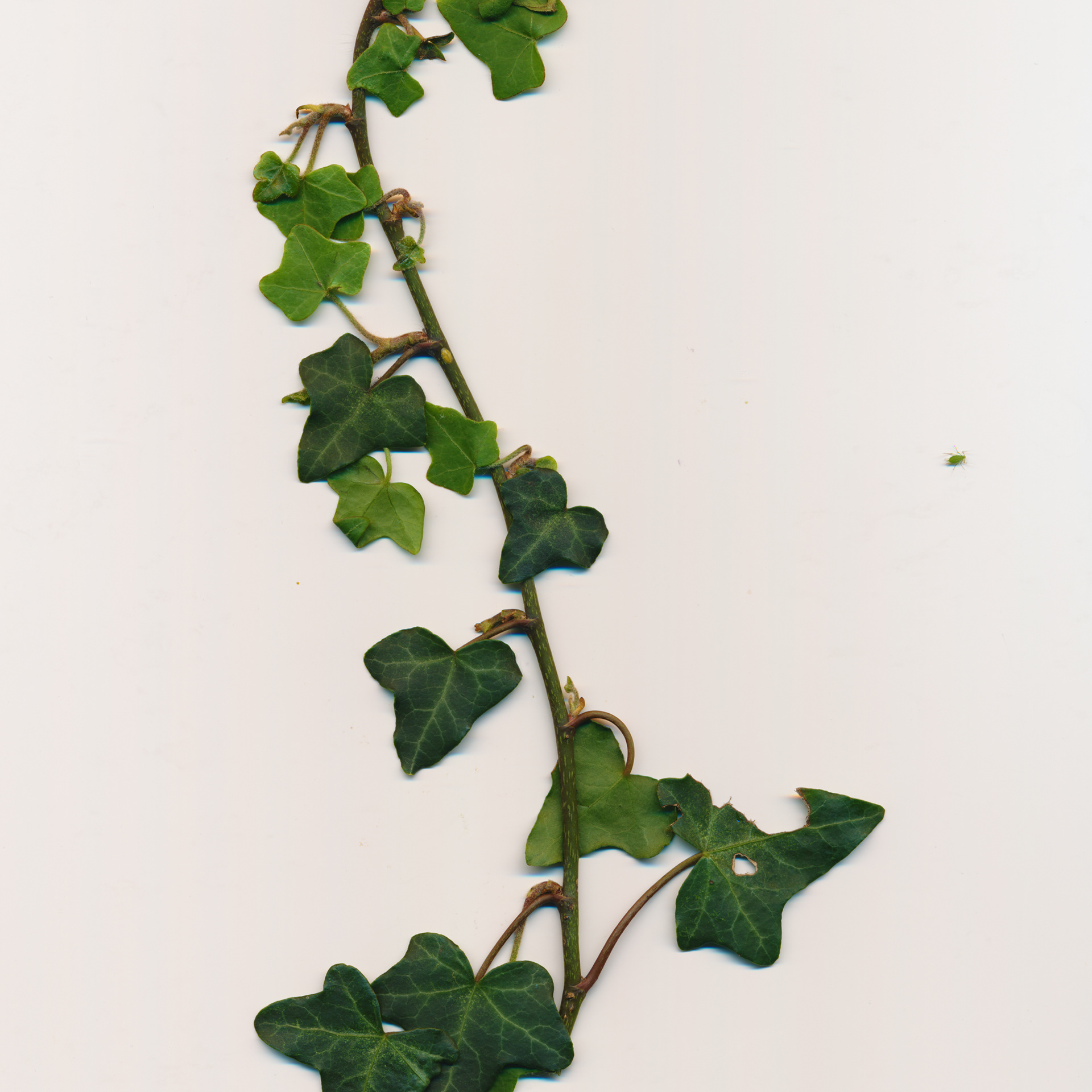

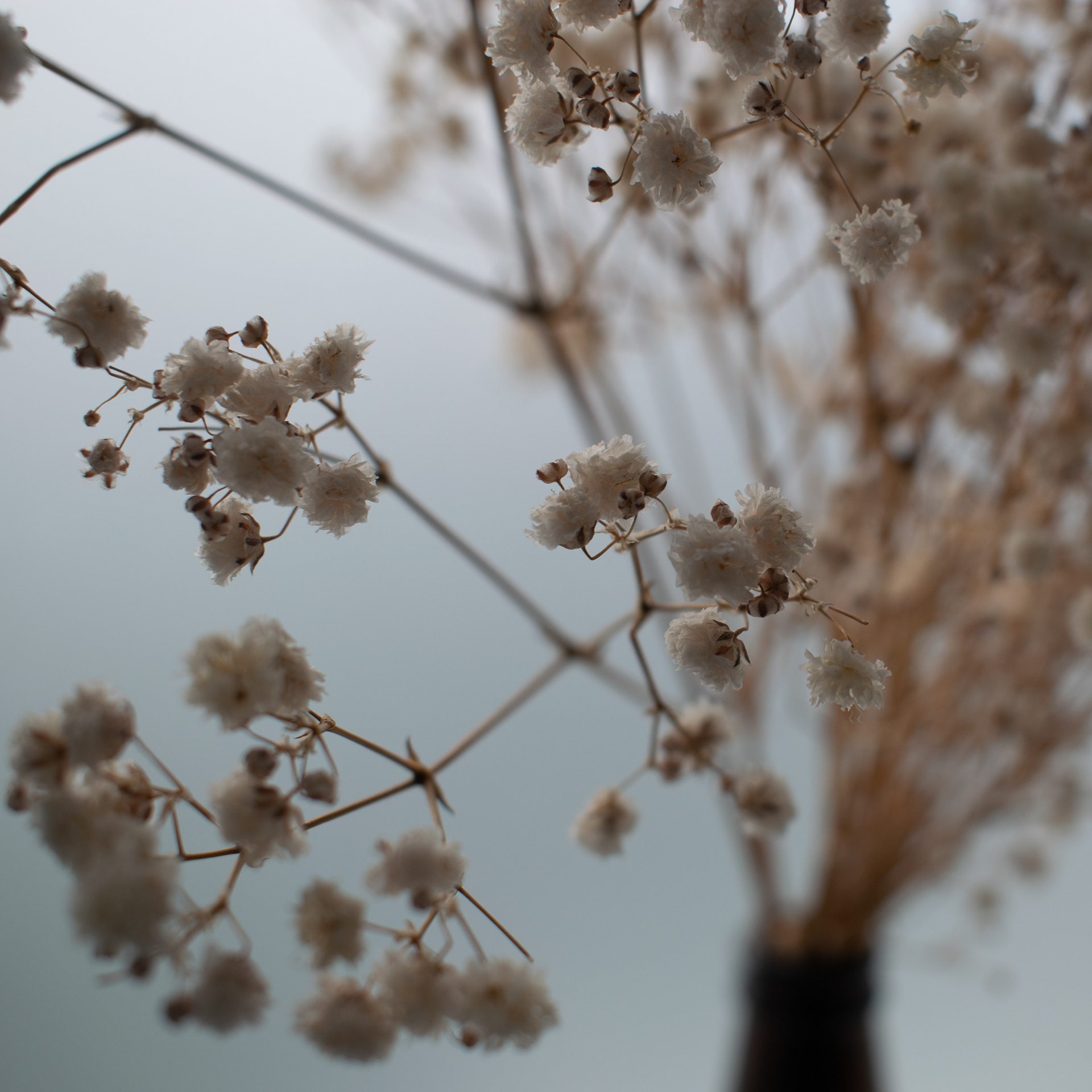
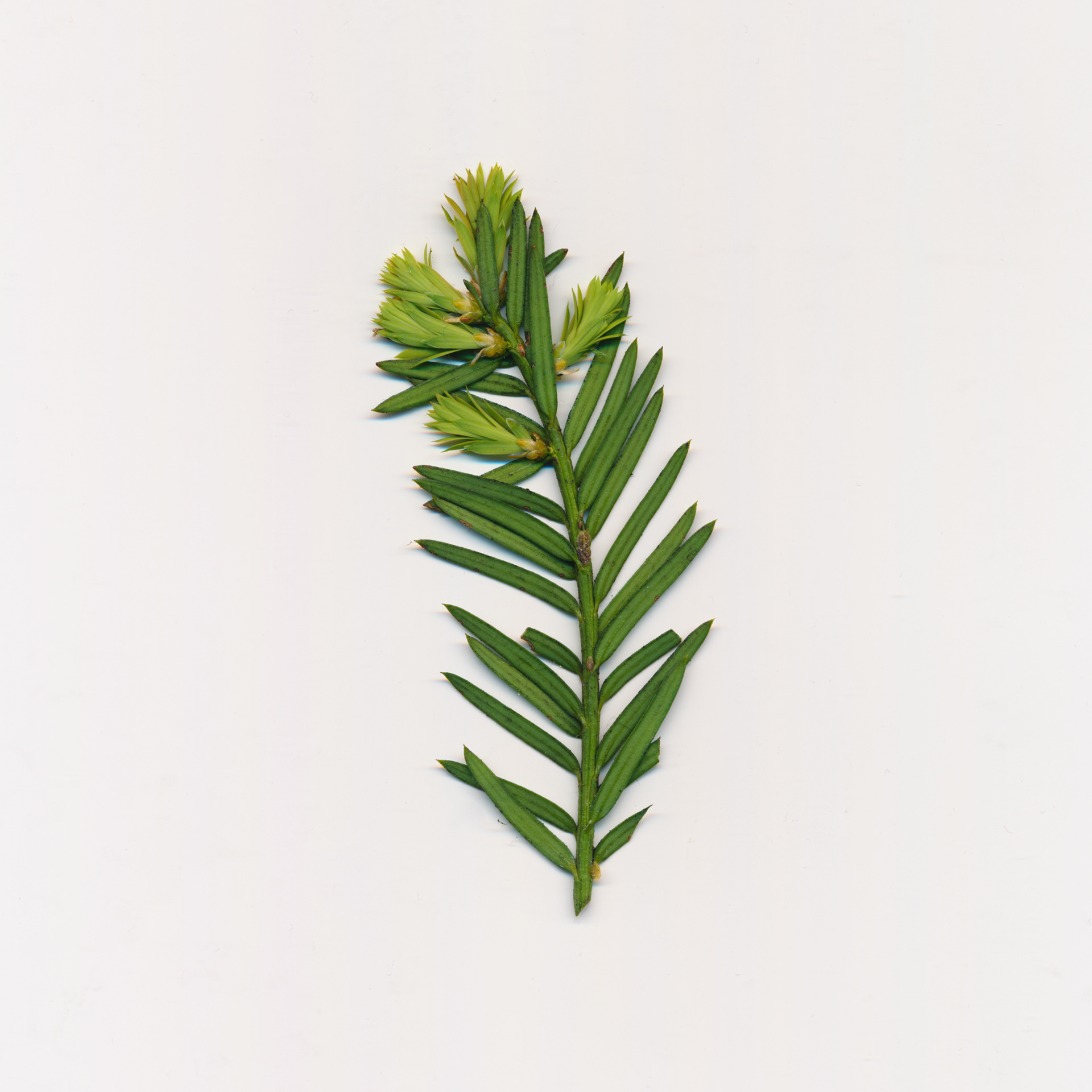

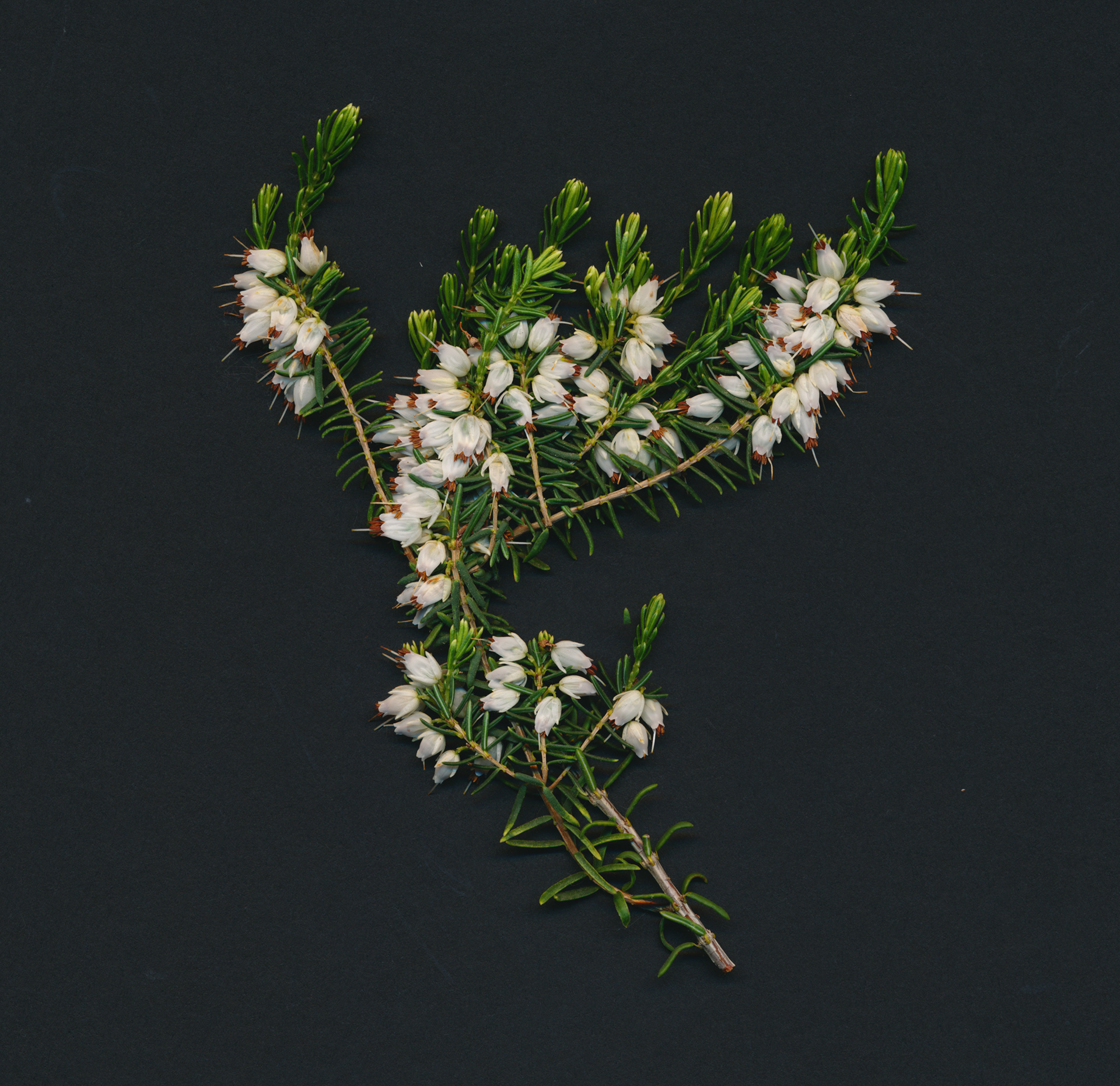

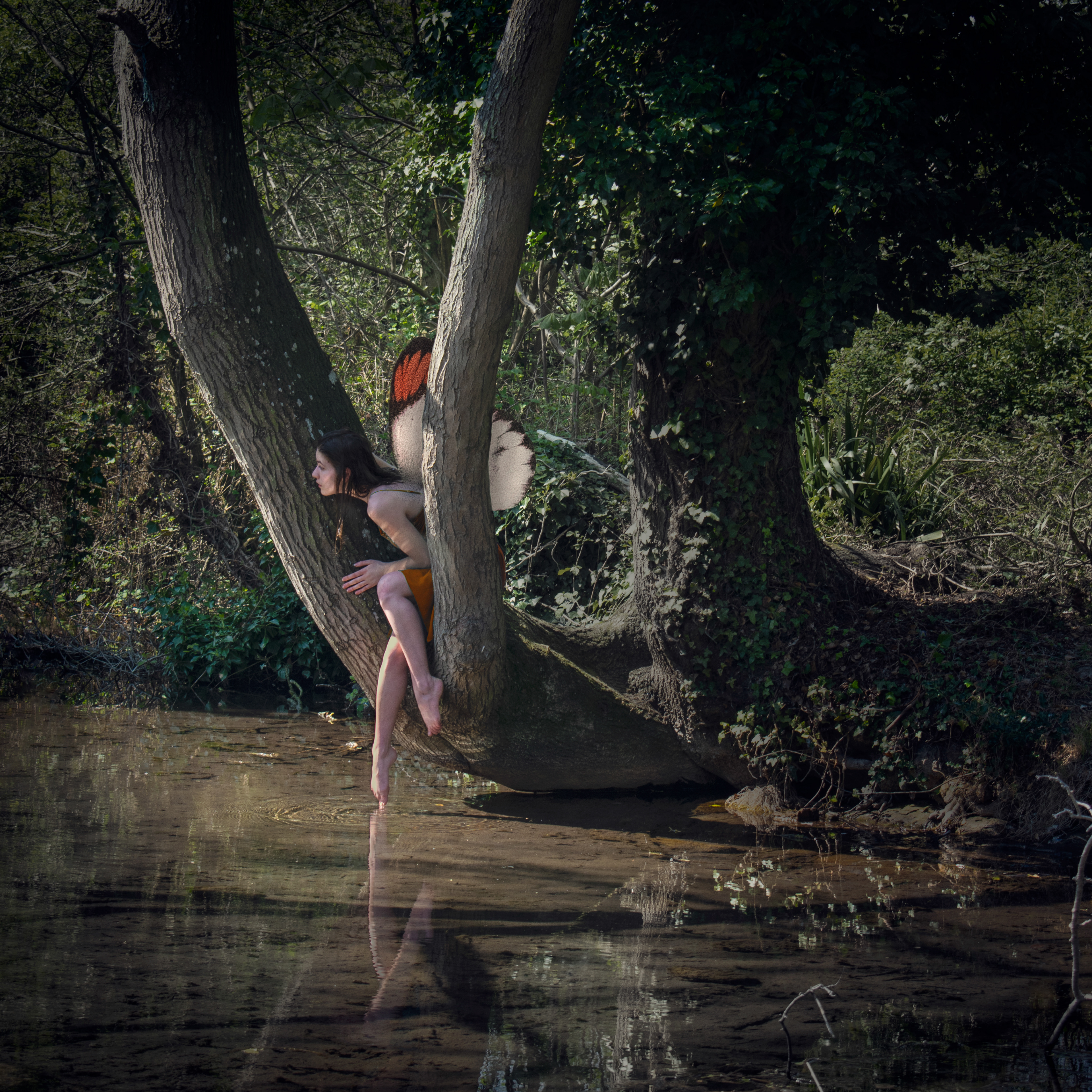
Fairies: While fairies may seem like one of the simpler creatures to explain, many believing them to be the tiny, winged creatures we see in stories like Peter Pan and collections such as the ‘flower fairies’ by Cicely Mary Barker’s, historically they are actually described in many forms and seen in folklore to be closer in appearance to goblins, being small and green. Fairies in history were often feared as being powerful and dangerous who, although sometimes friendly to humans, were also mischievous and could cause havoc. Interest in fairies, or the ‘little people’ as some call them, has ebbed and flowed throughout the years, peaking during the middle ages and for a short time after world war 1, assisted by the Cottingly fairy Hoax in 1917 where fake images of fairies where made and used to campaign for their existence.
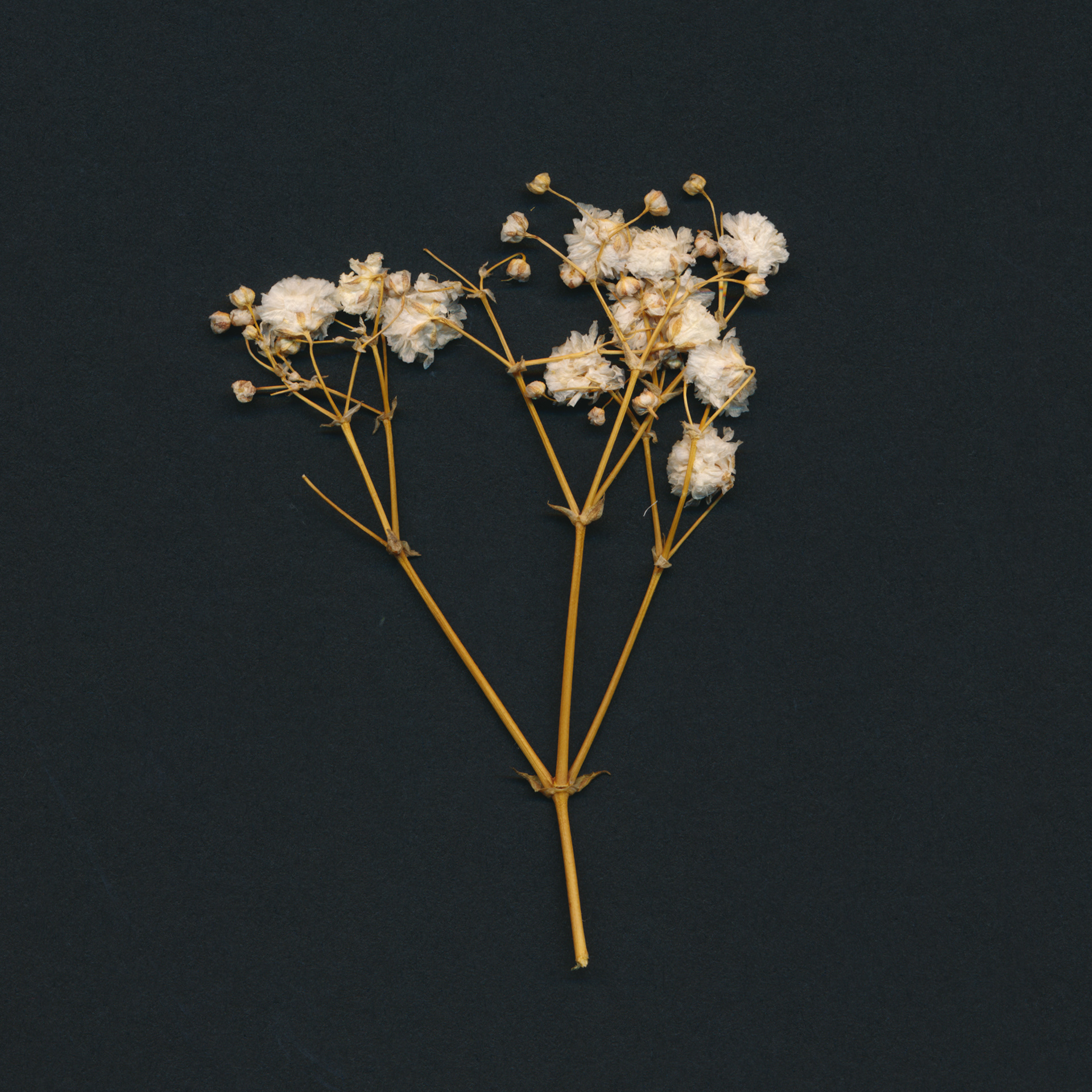

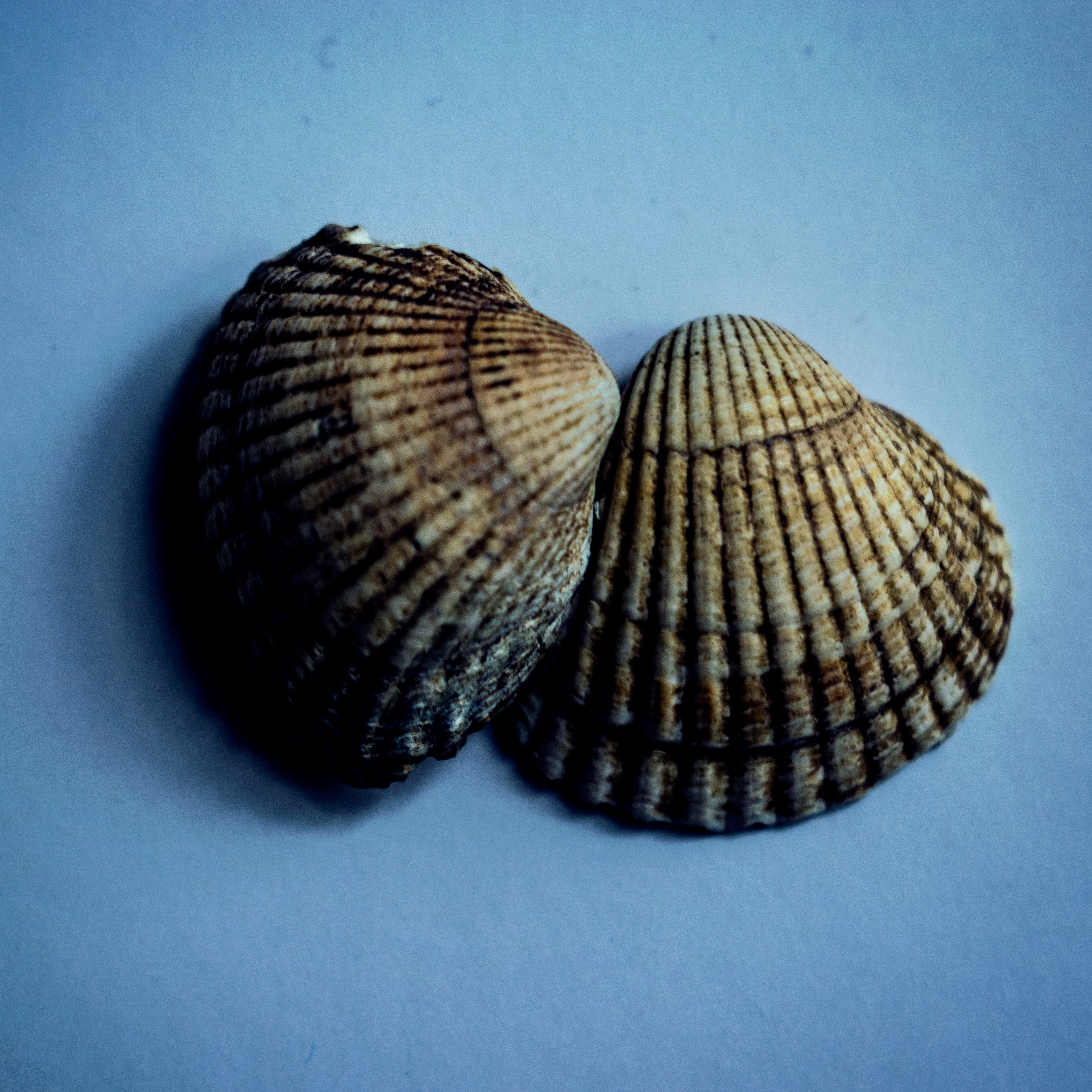
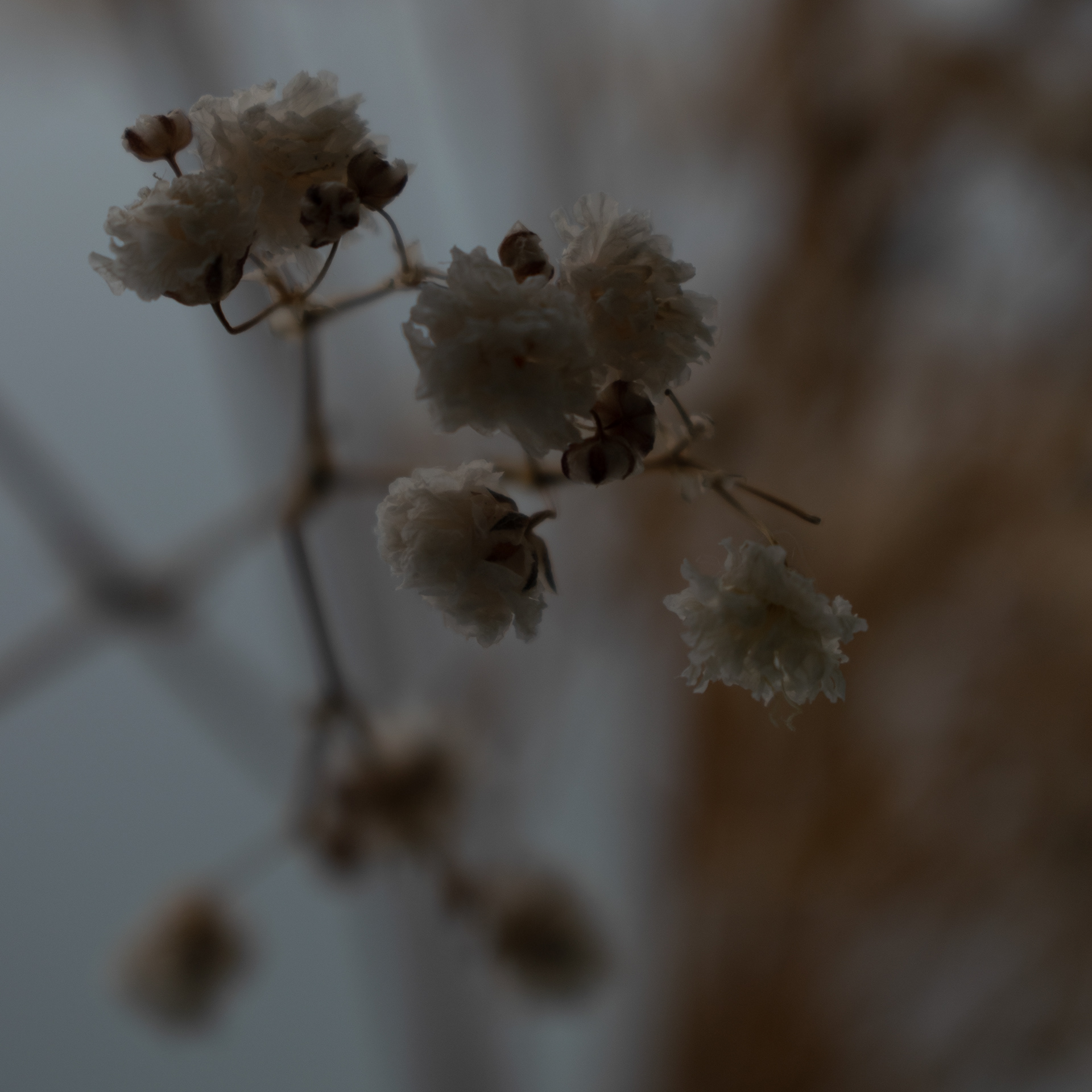
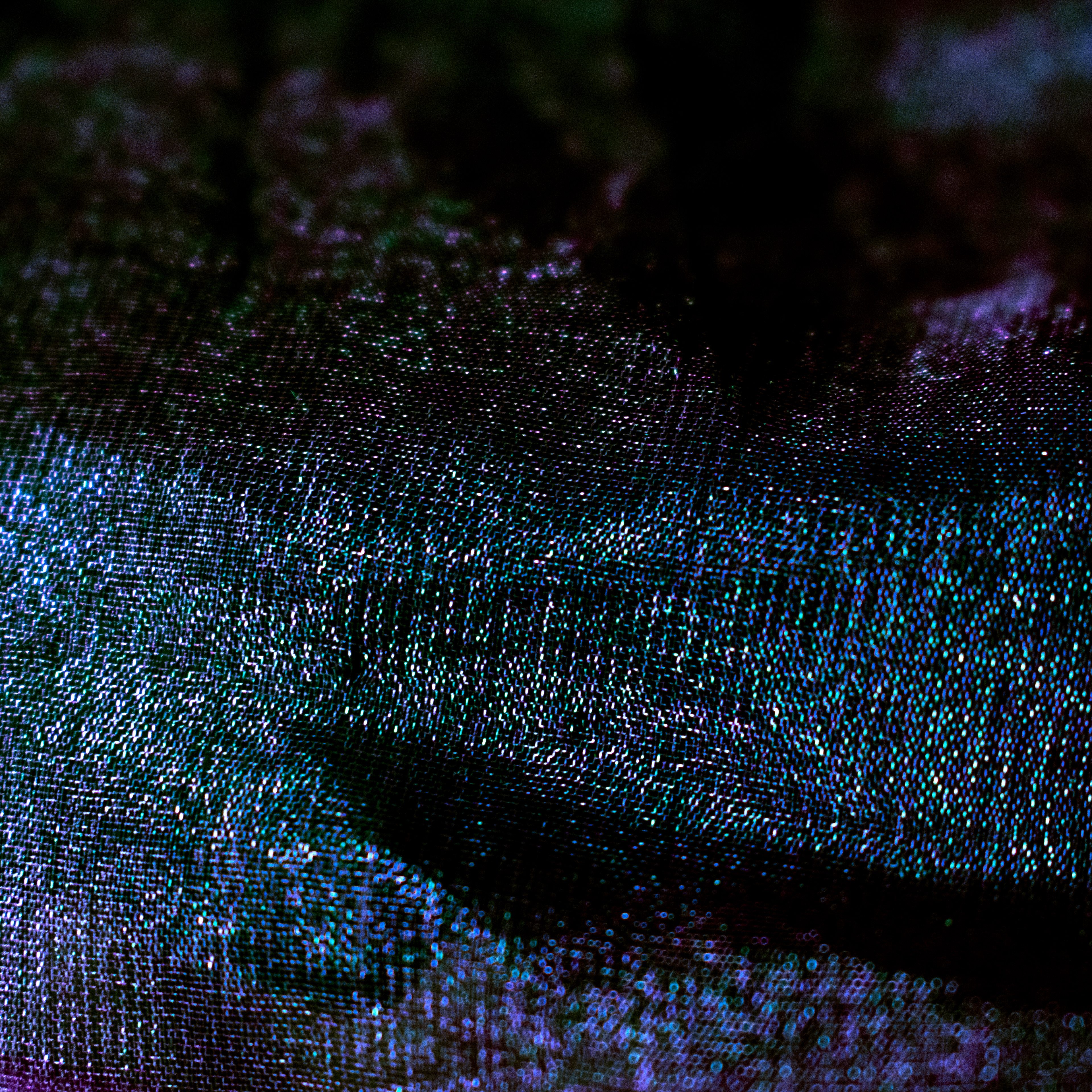
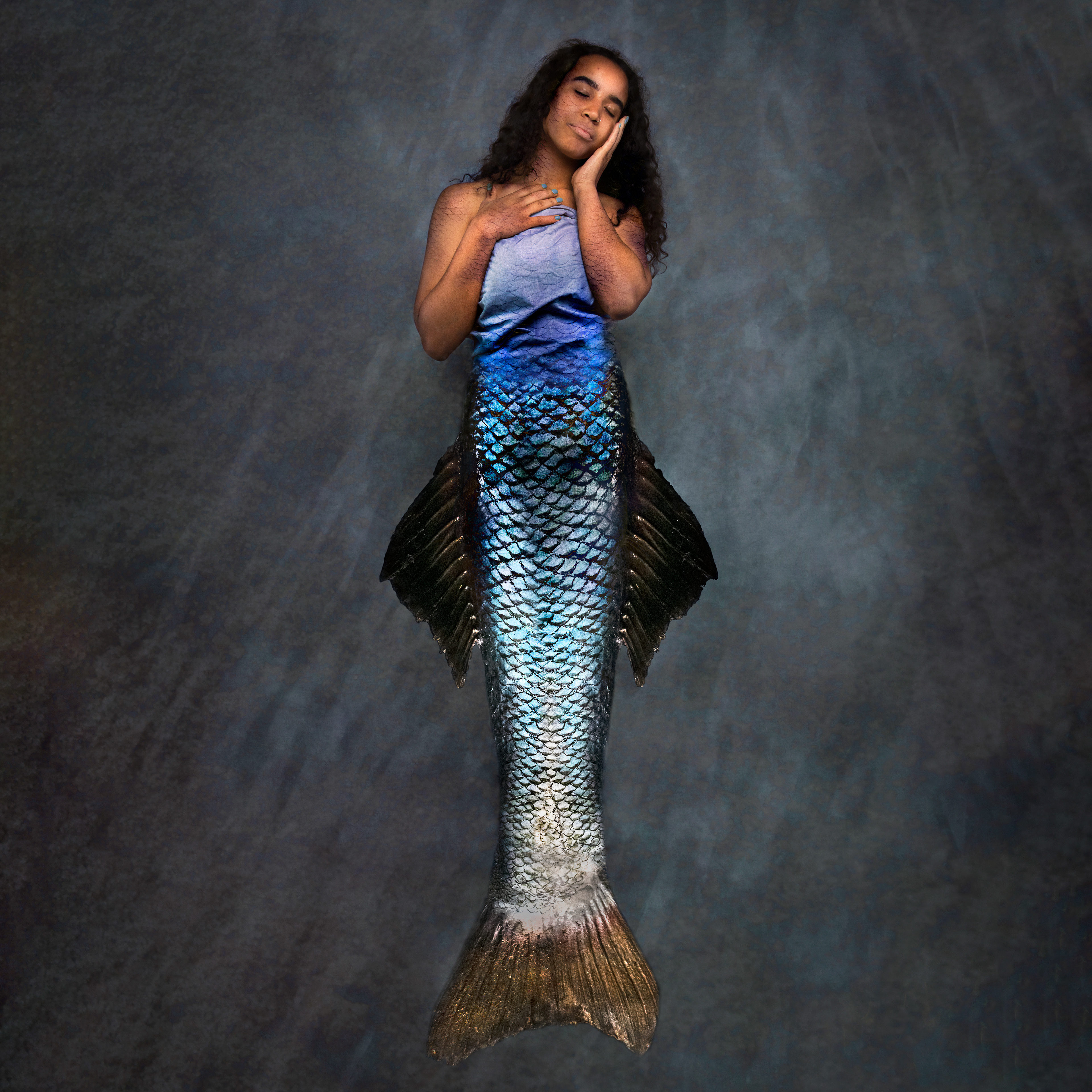
Mermaids: Mermaids are mythological creatures that have appeared in folklore across the world for thousands of years, they are woman from the navel up and fish from the navel down. It is said that mermaids came about through sailors mistaking manatees and similar sea creatures as women when they came up to surface from the water, this illusion made even more believable due to dehydration and scurvy which would cause confusion and disorientation amongst the sailors. Although, they have been reported as friendly in many cases, mermaids have also been likened to sirens, having mesmerising voices which hypnotise the sailors and guide them into rocks, destroying their ships and bringing them to their deaths. In fact, sirens and mermaids are often confused and in French, Italian and Spanish literature sirens have always been half fish rather than bird, more mermaid than English siren.
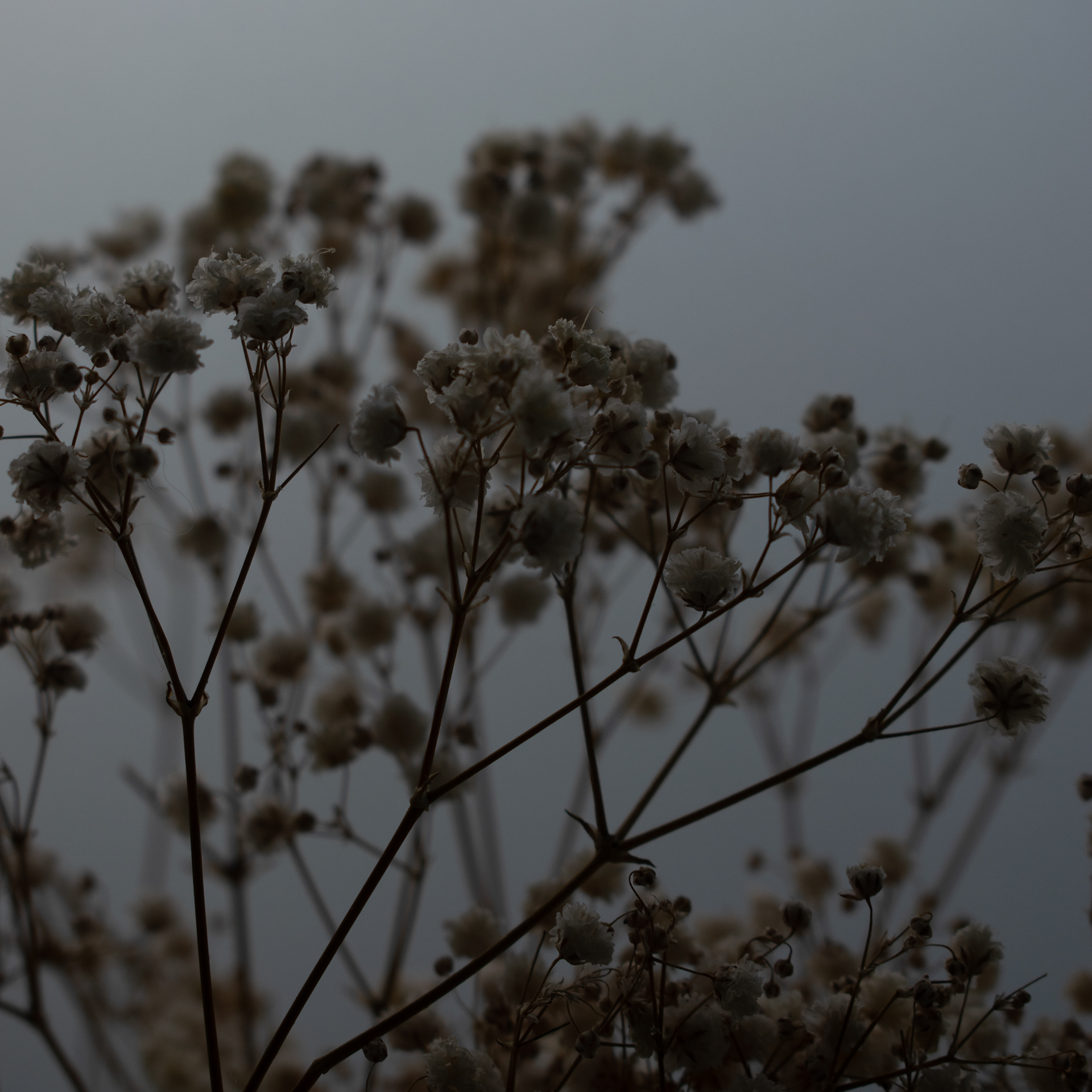
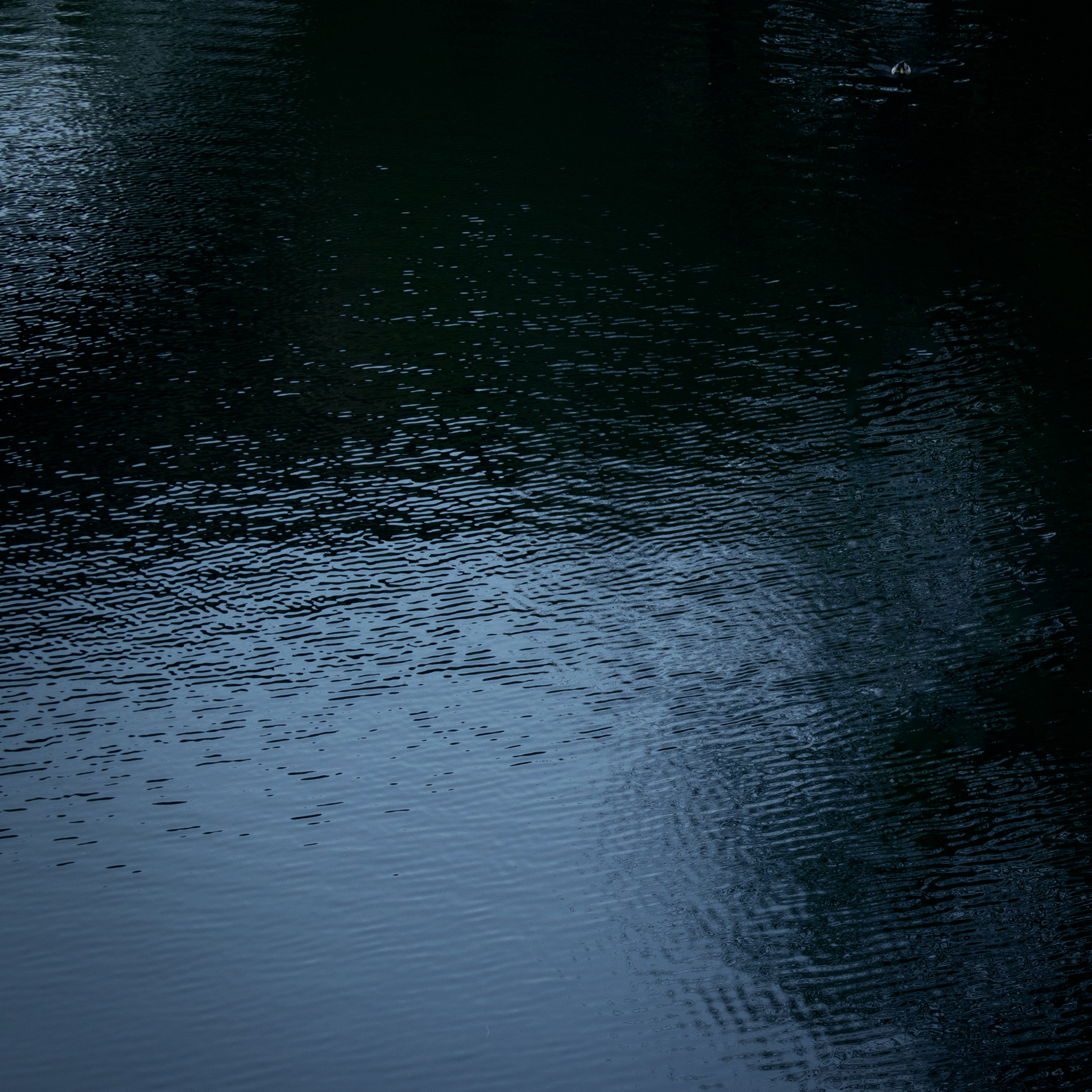
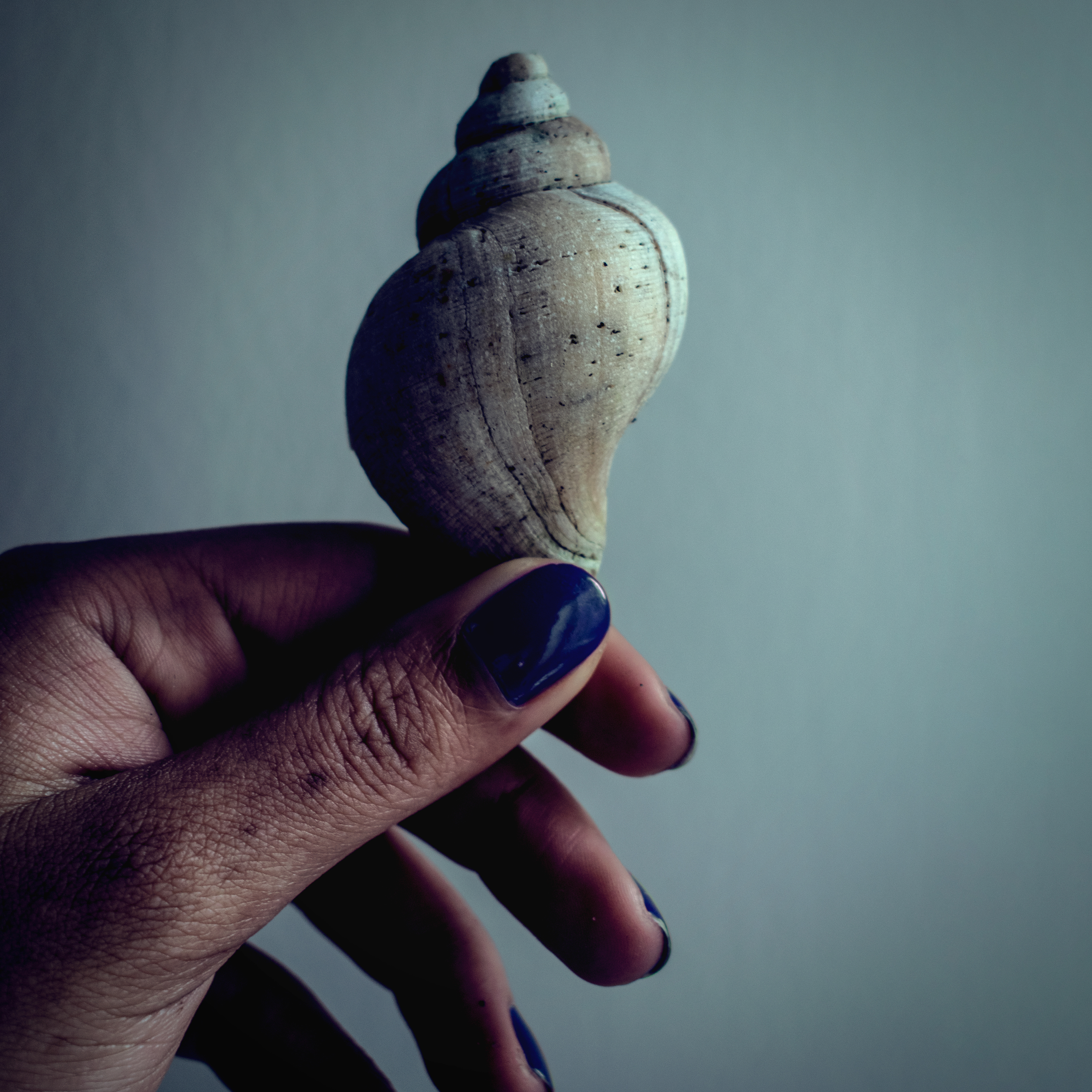
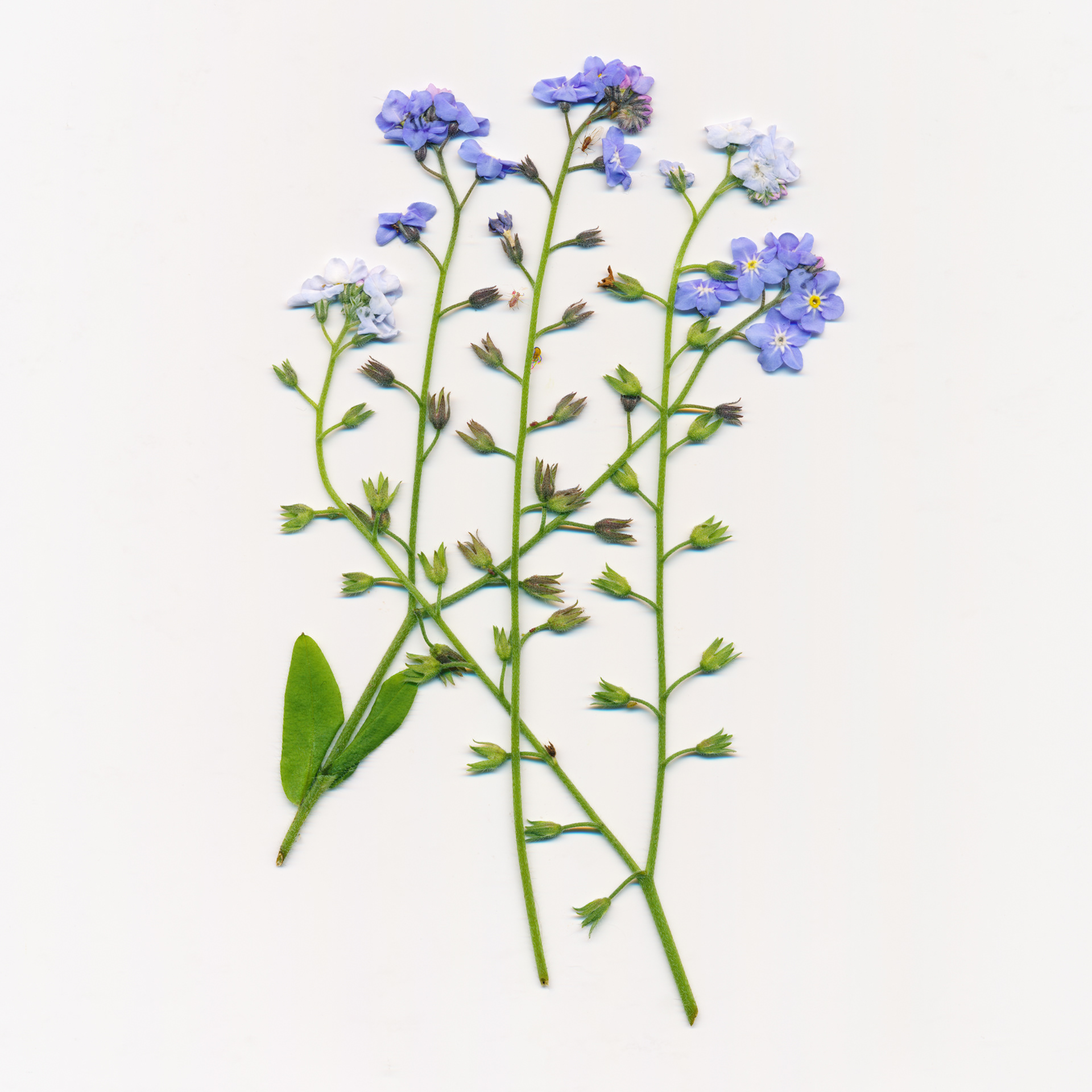
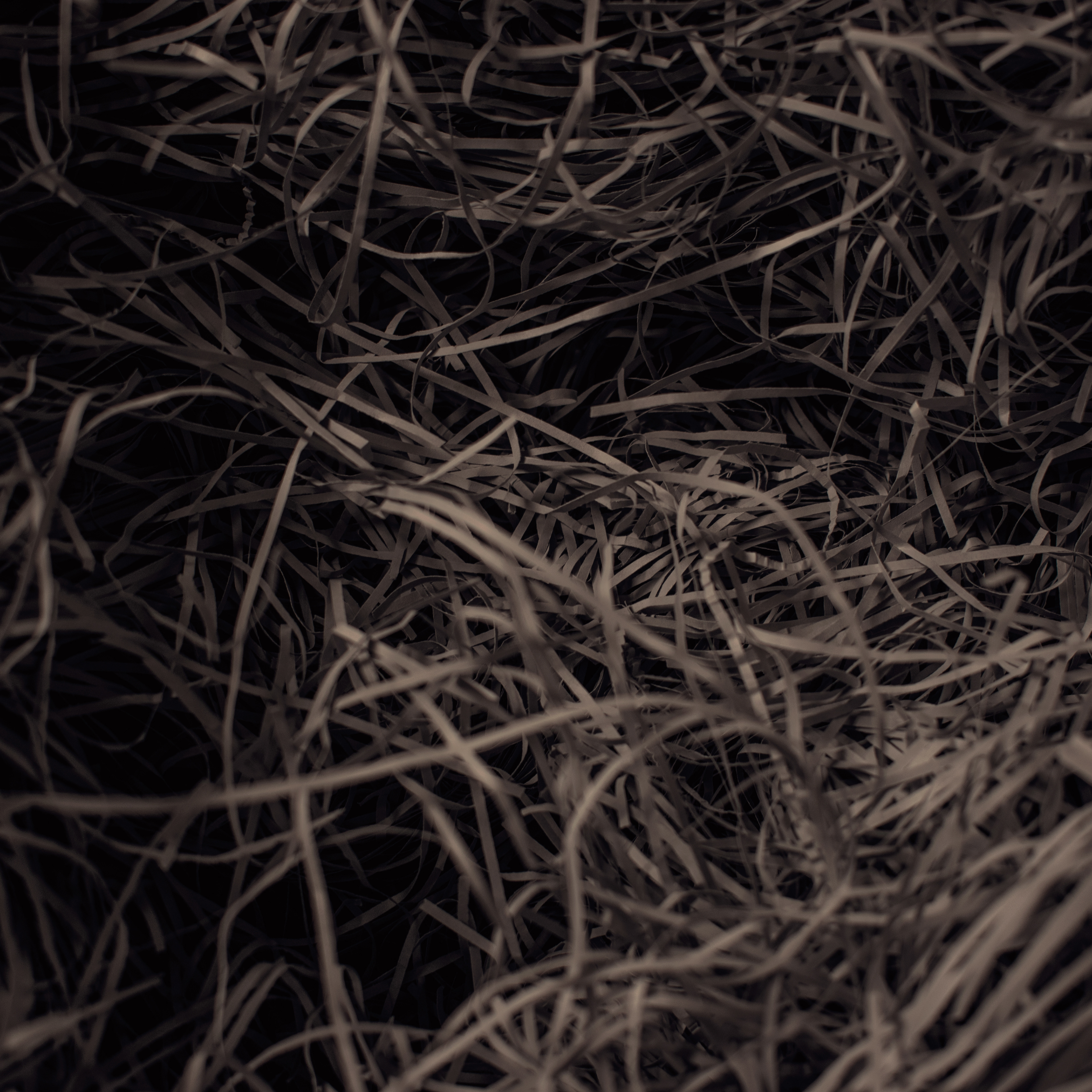
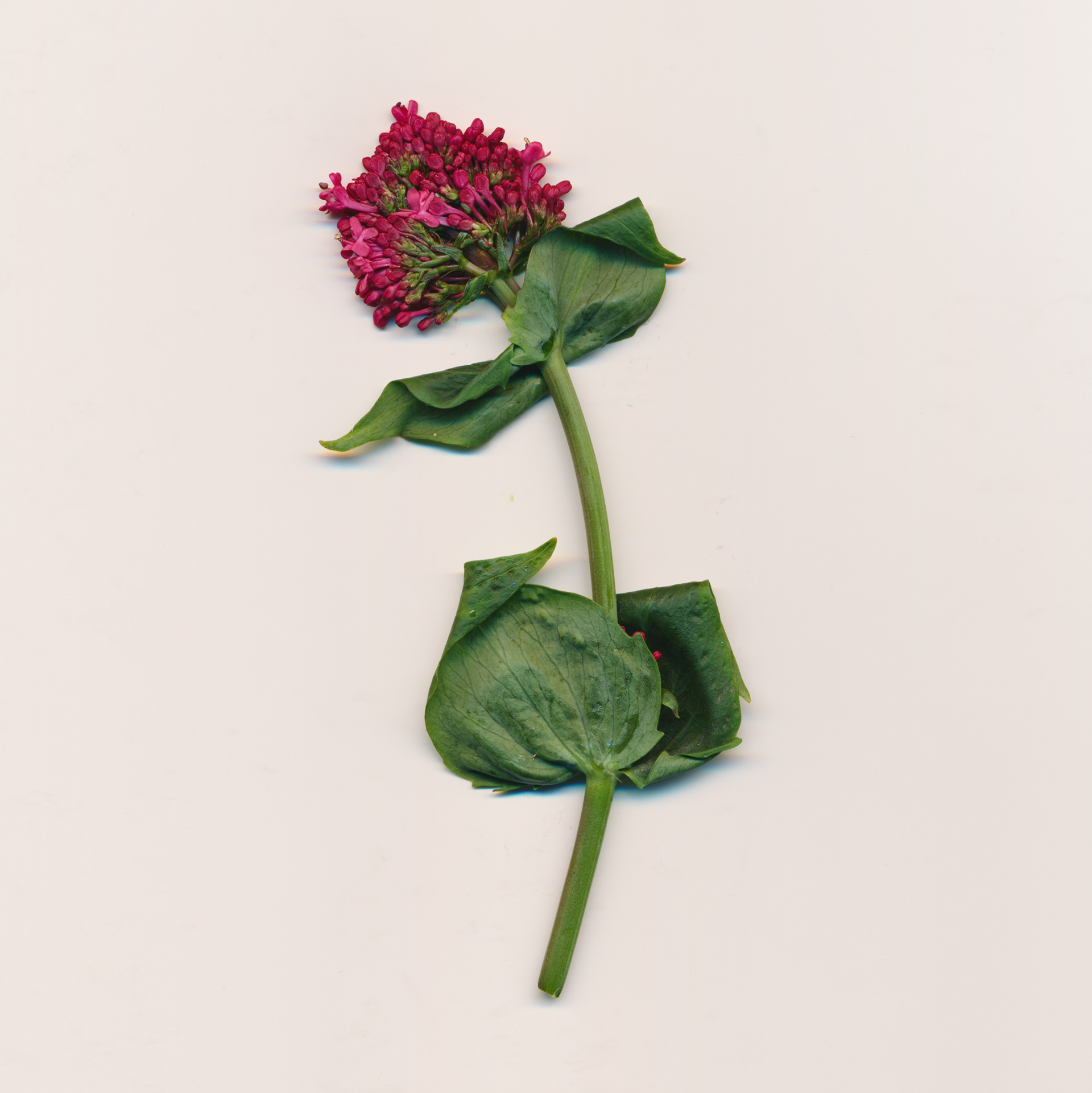

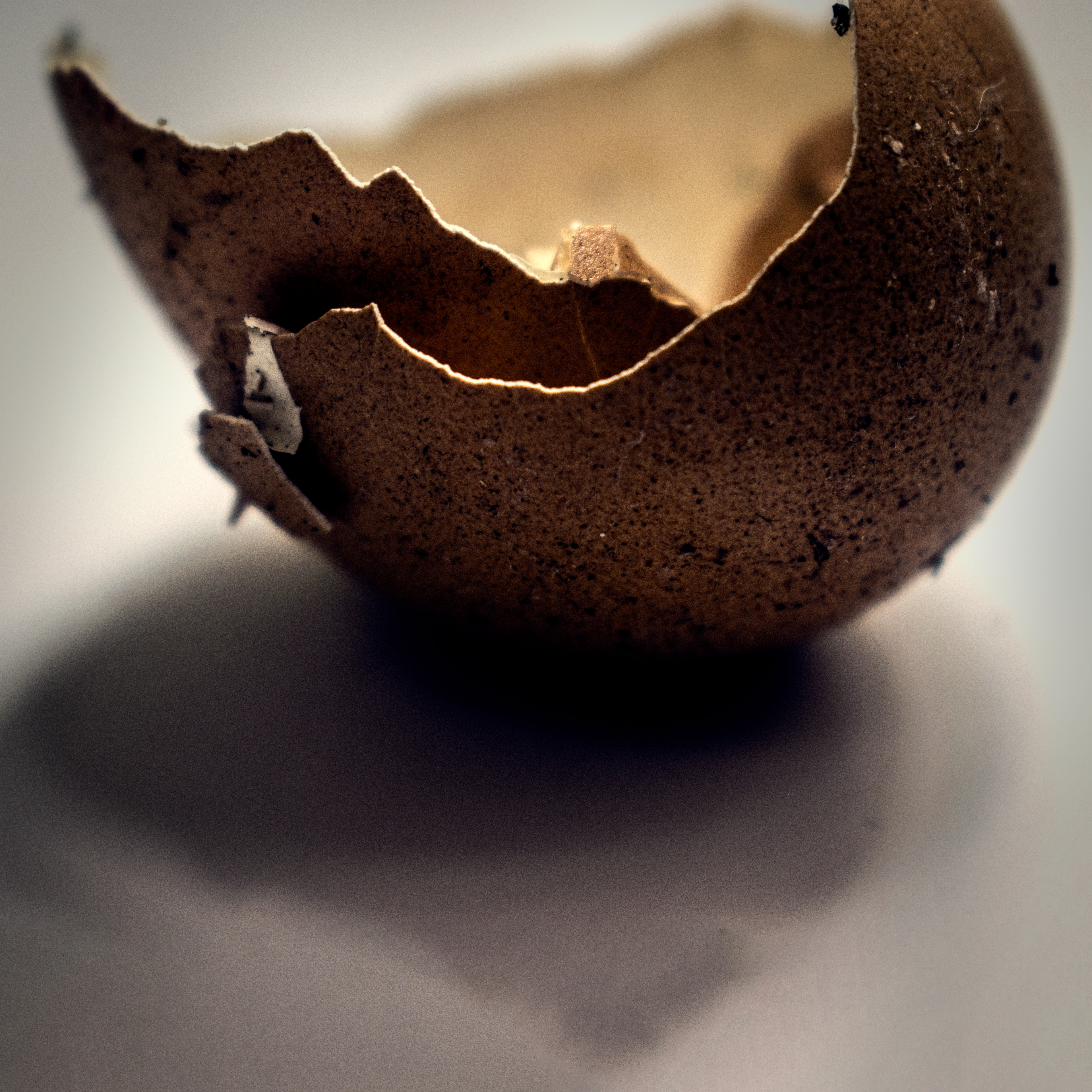
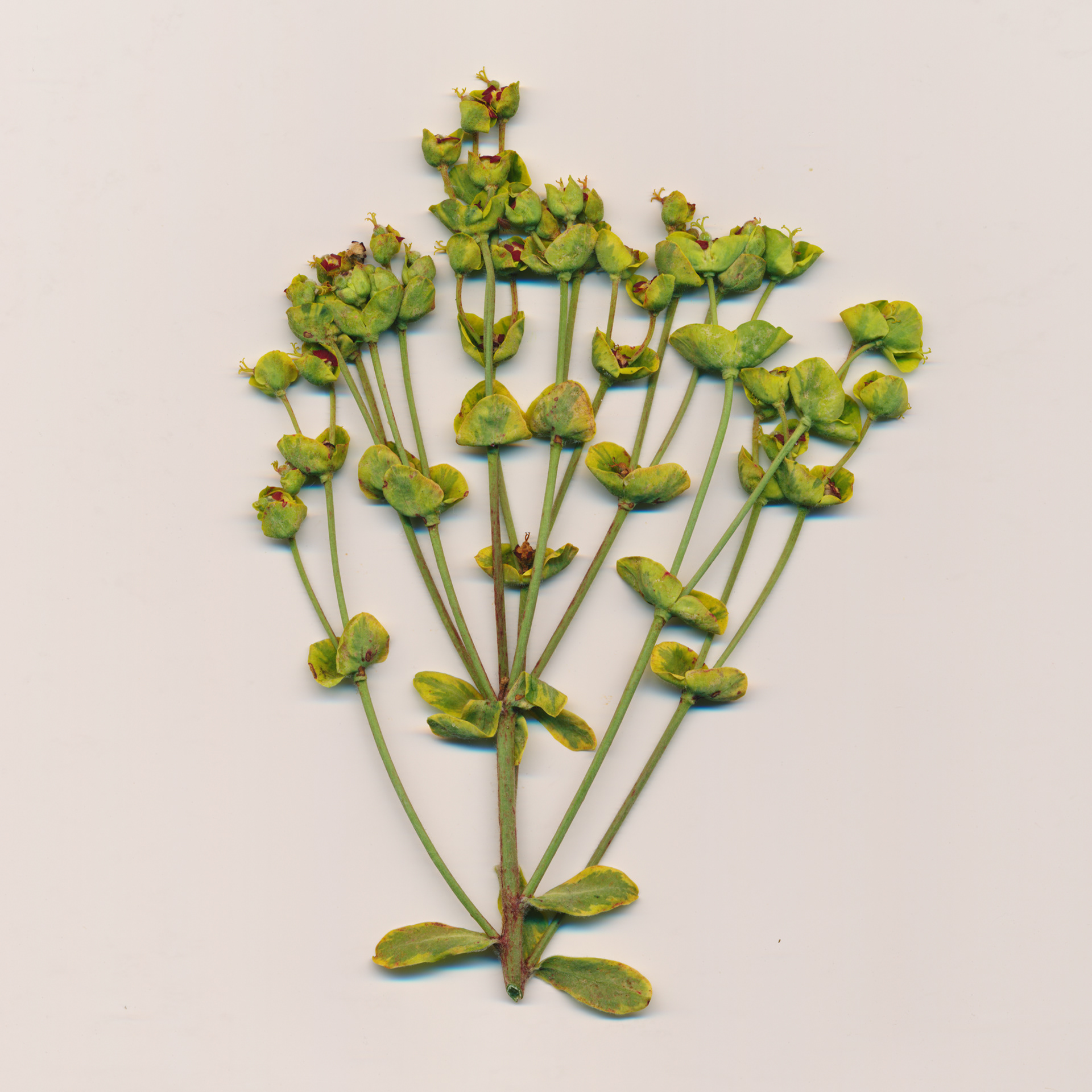
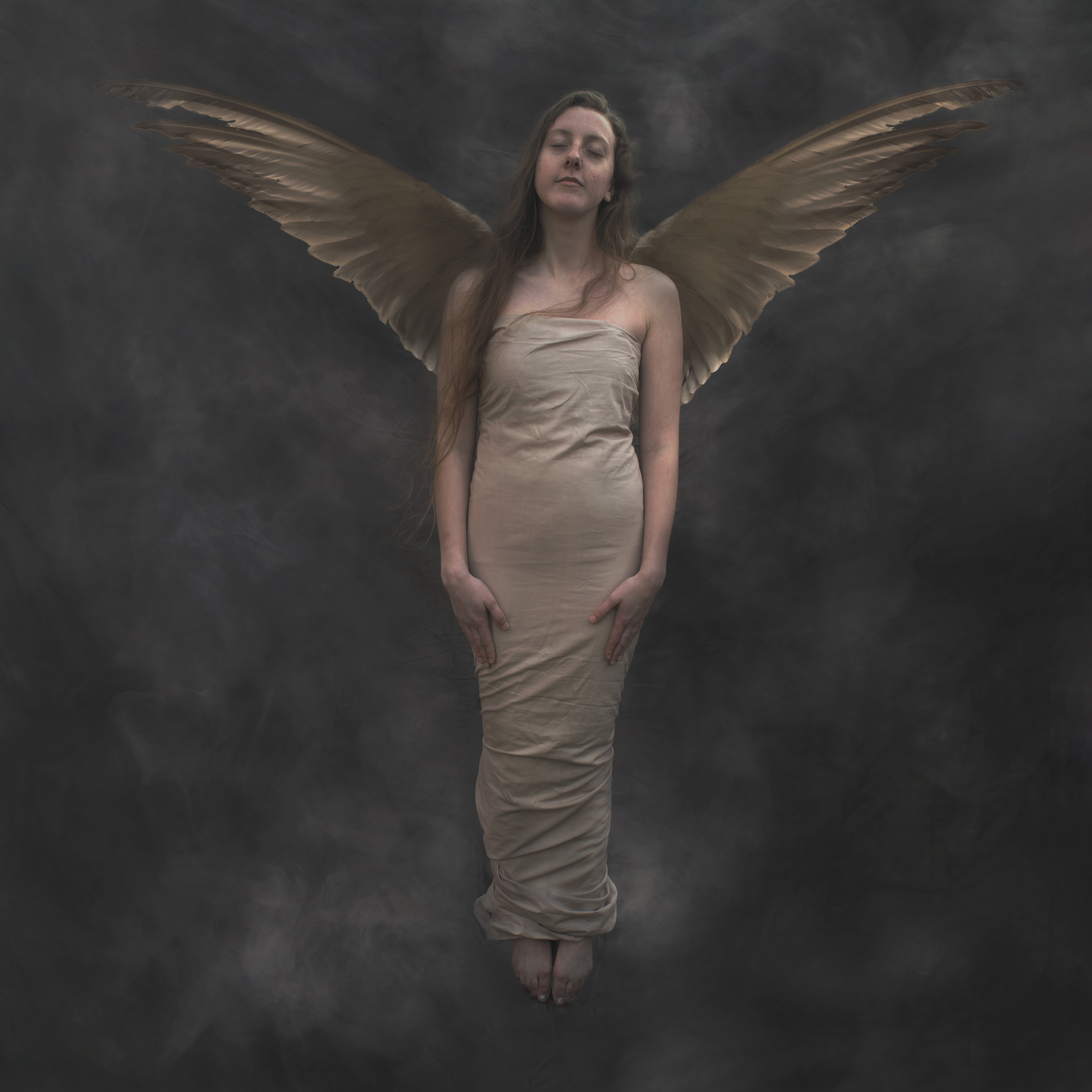
Selkies: Selkies are one of the lesser known mythological creatures, and although very similar to mermaids and sirens, they have a few very definite differences. Selkies are half human, half seal, able to reside in both sea and on land. Unlike mermaids, they shapeshift, taking the form of seals when in the ocean and then shedding their skin to become human on land. Selkies may only return to the sea if they have their seal skins, this leaves them vulnerable and is where a lot of the old tales around them arise. This is also where I think the large difference between Selkies and other mythological creatures such as mermaids lies, as many of the other creatures have tales and debate over whether they are benevolent or malevolent, however with selkies it seems that they are rather open to the abuse from humans rather than the other way around. There are many tales where female selkies have had their skins stolen and been forced to remain on land as human wives, unable to return to their selkie families.
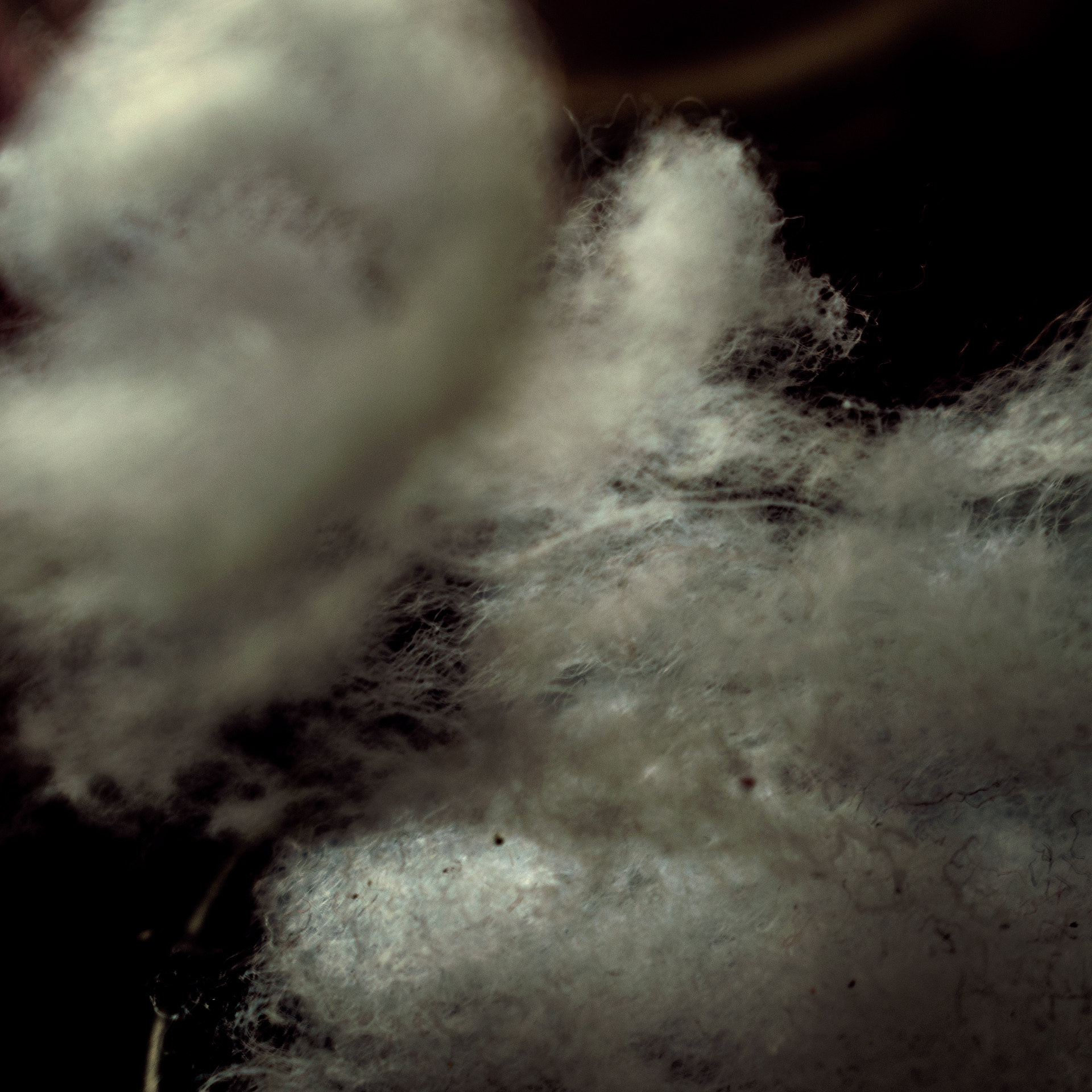
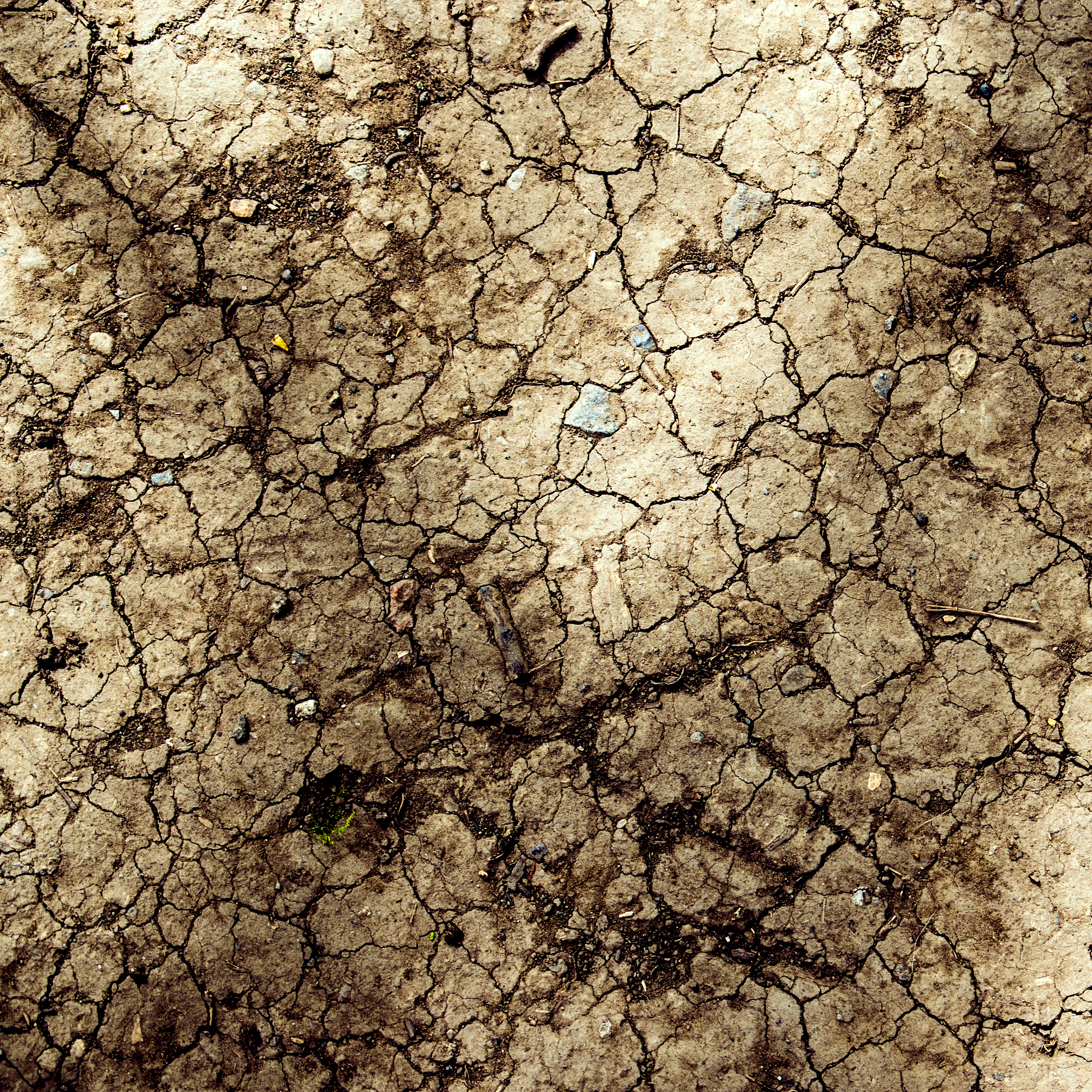
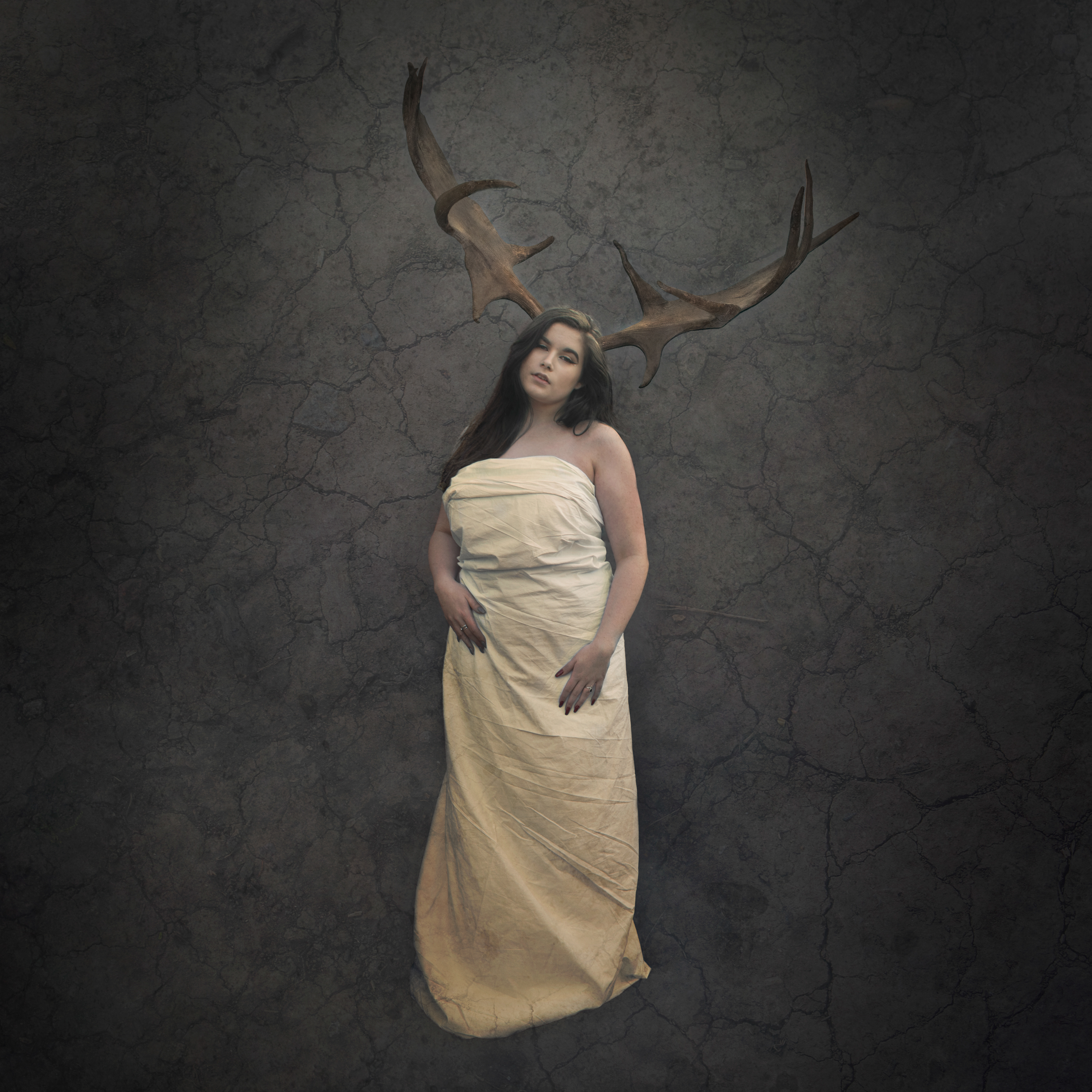

Stories are handed down to us through the generations, the surreal and mysterious places they can transport you too, and the characters you can meet. But they are so easily distorted over time, altered, forgotten. New stories arise, new personas. Through my exploration into the creatures of folklore, mythology, poetry and fairy tales; I have made it my aim to visually bring back to life characters in my own way, while also beginning to birth my own, new stories, new characters and a whole new realm of escapism.

